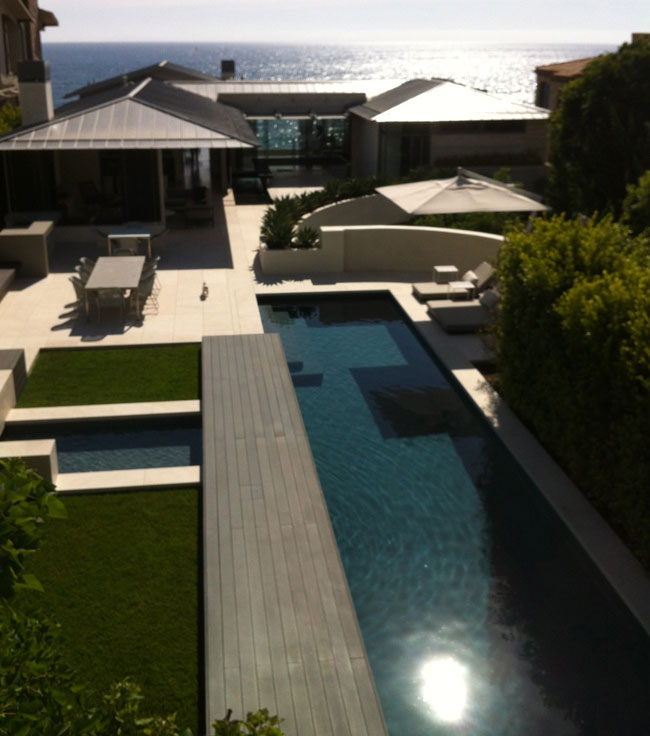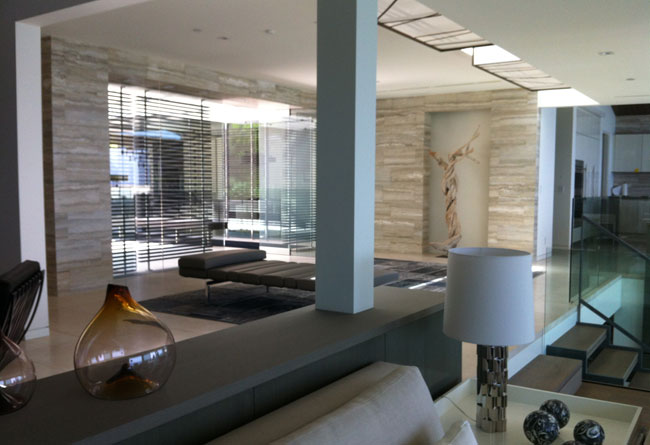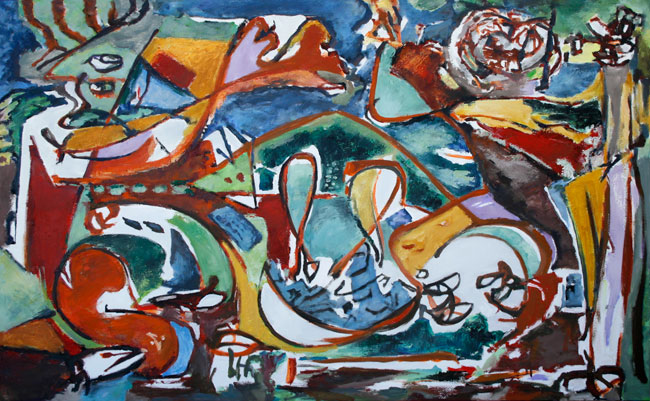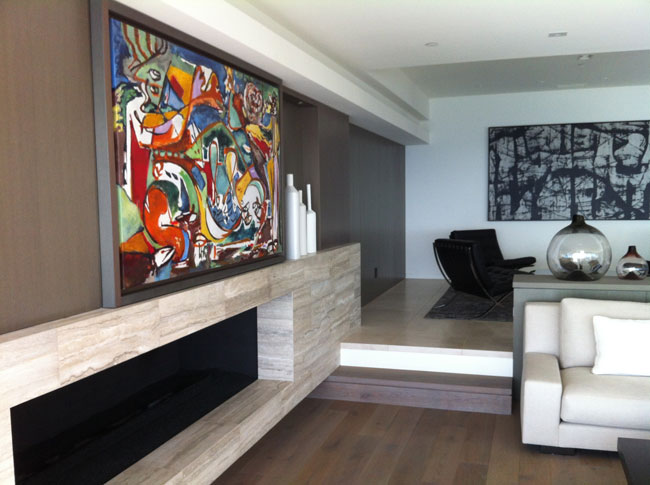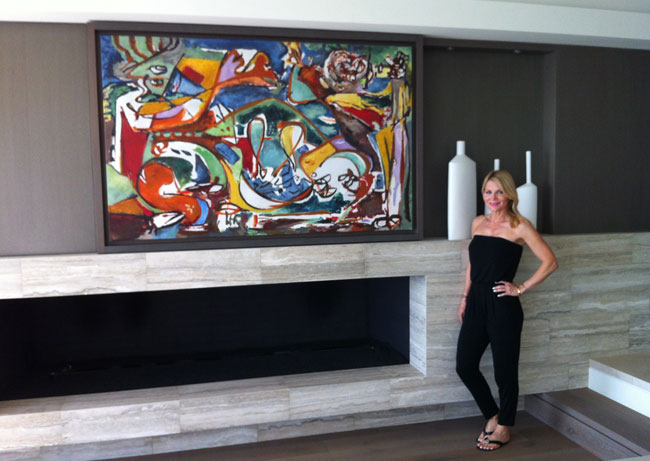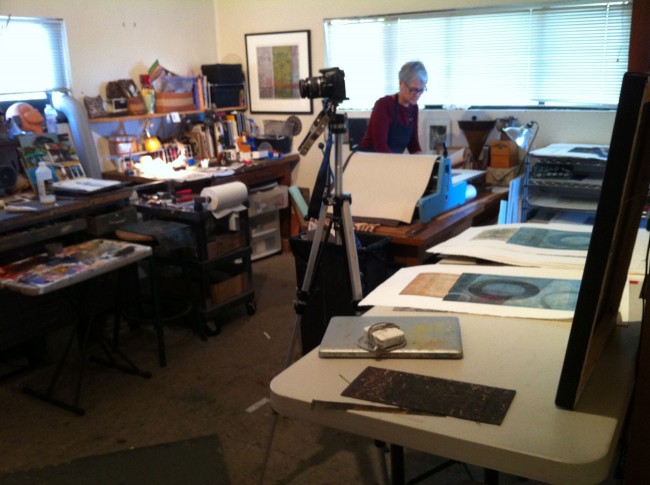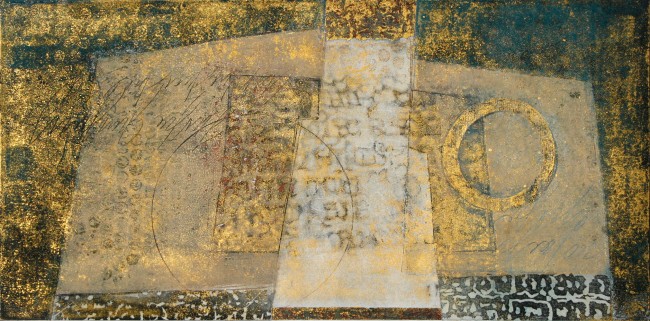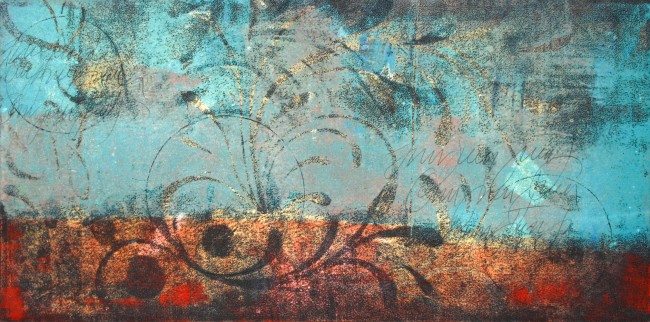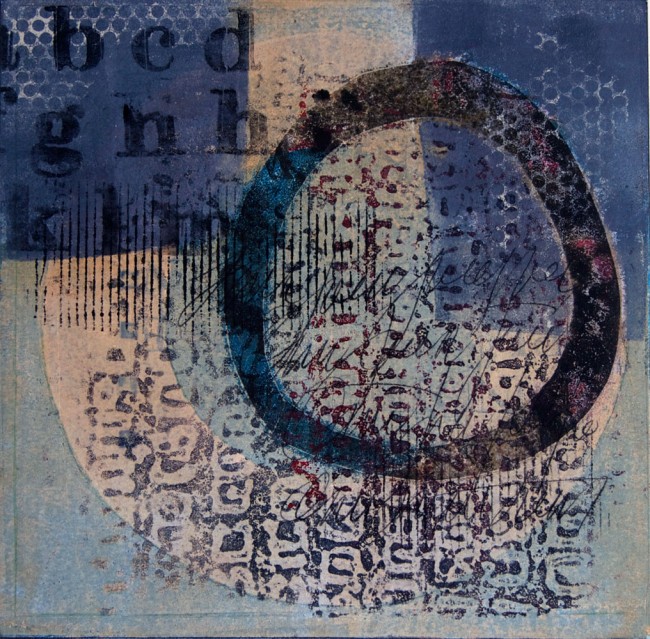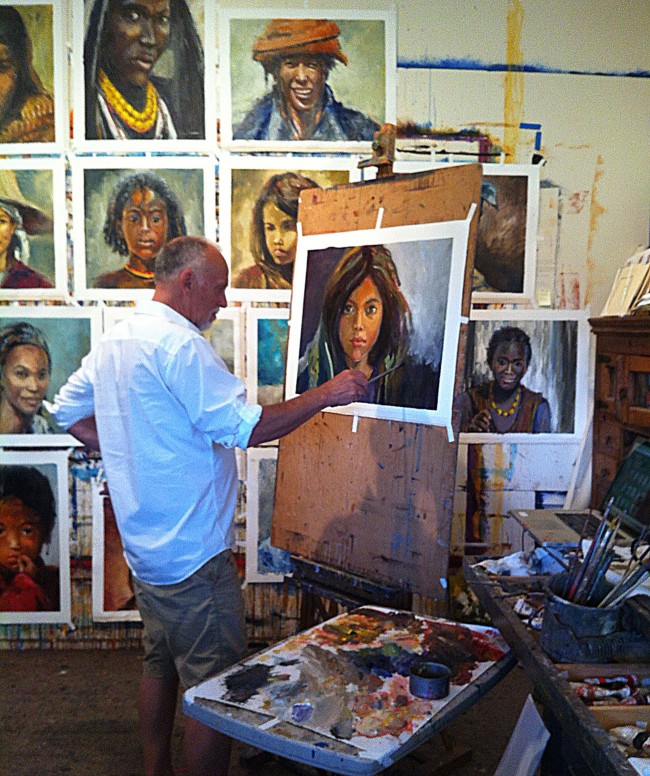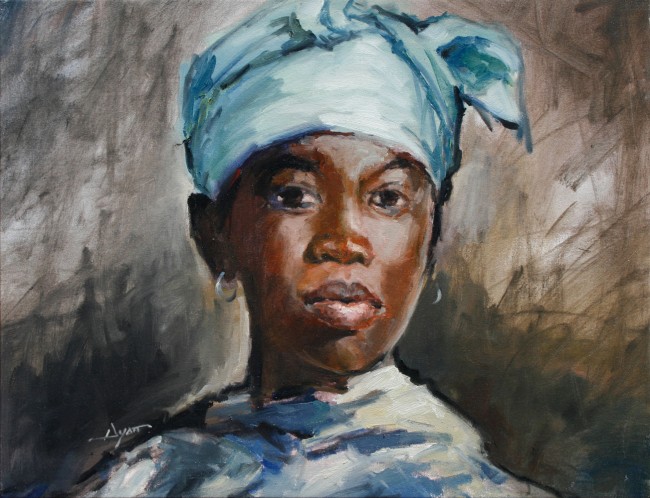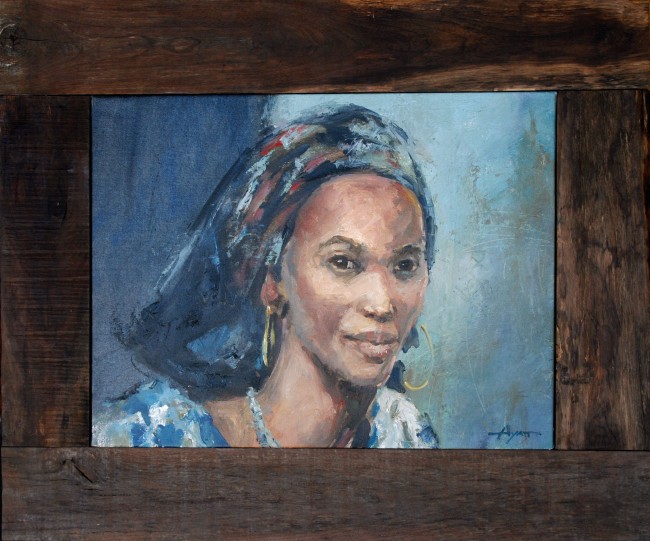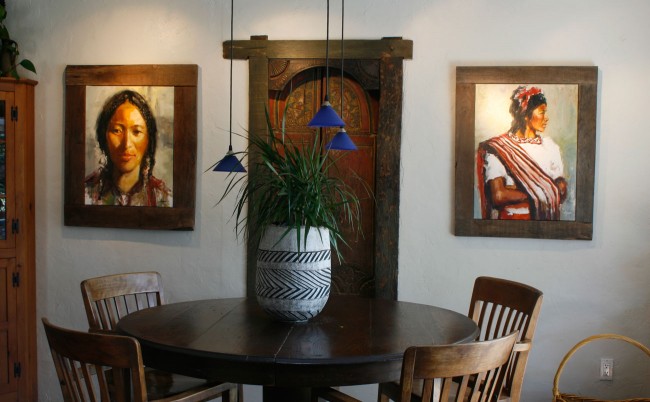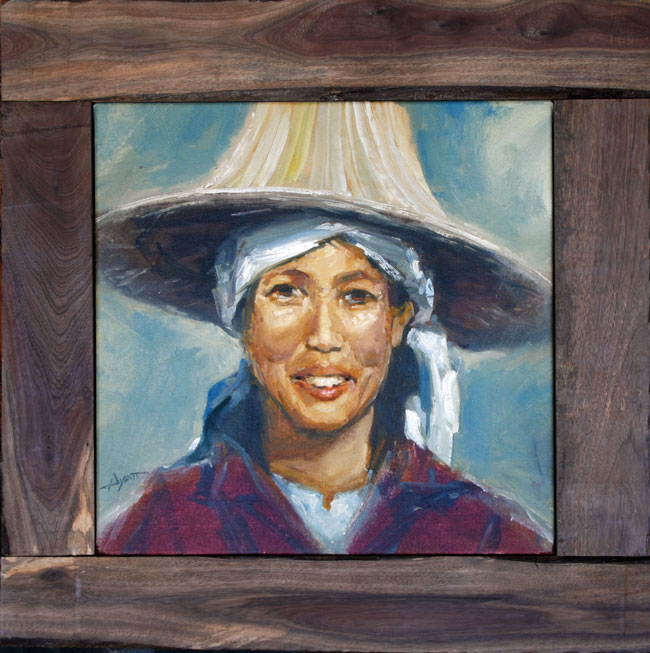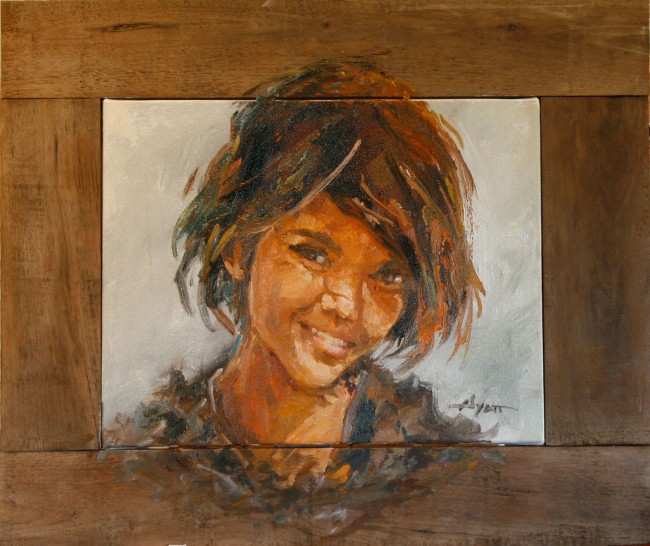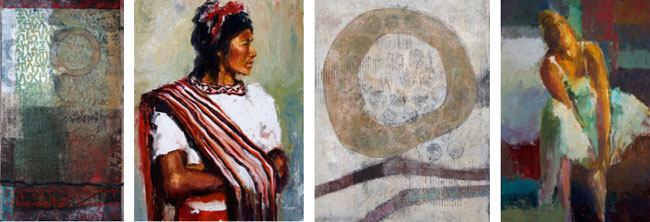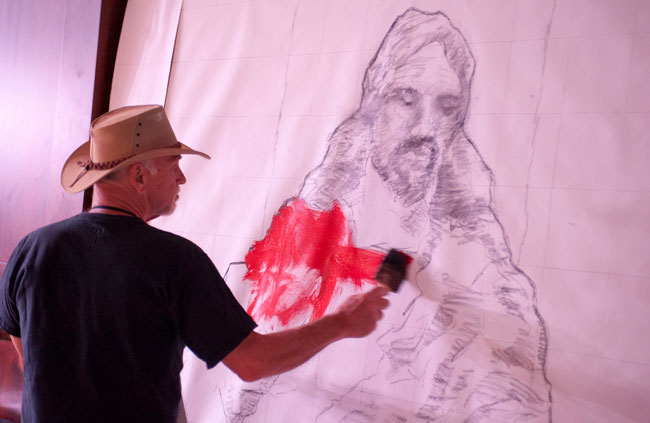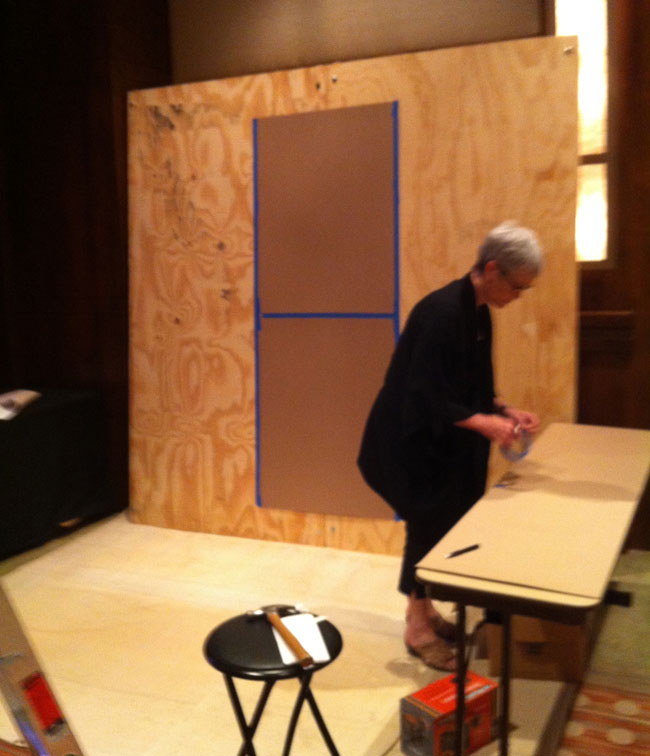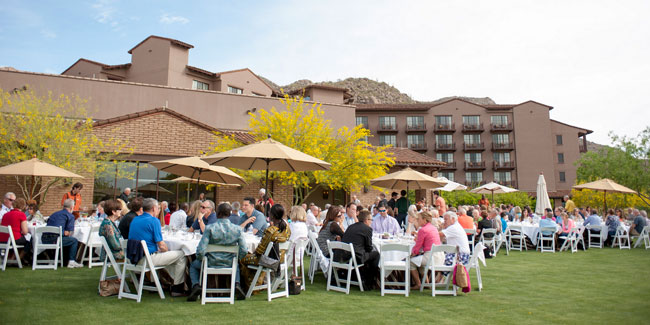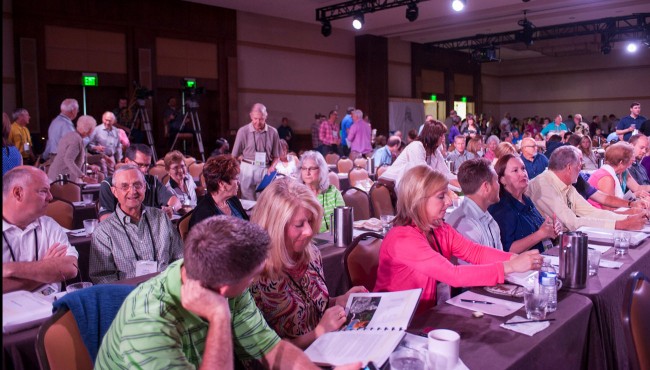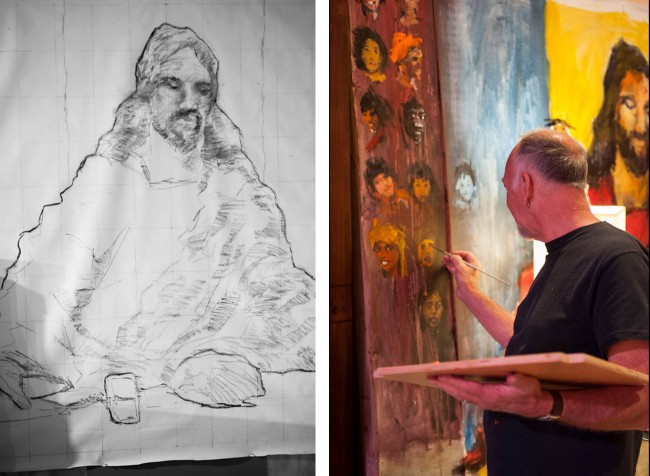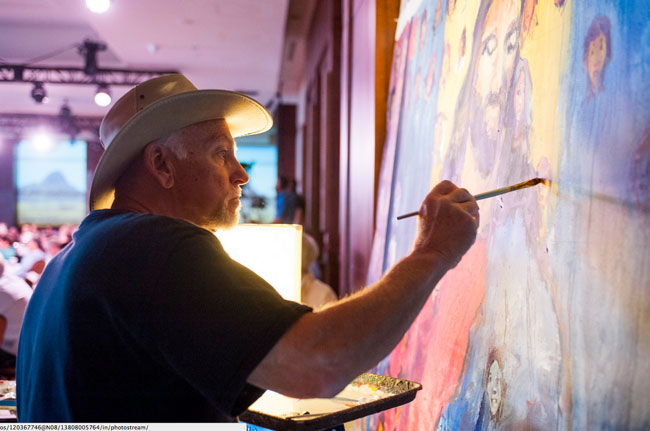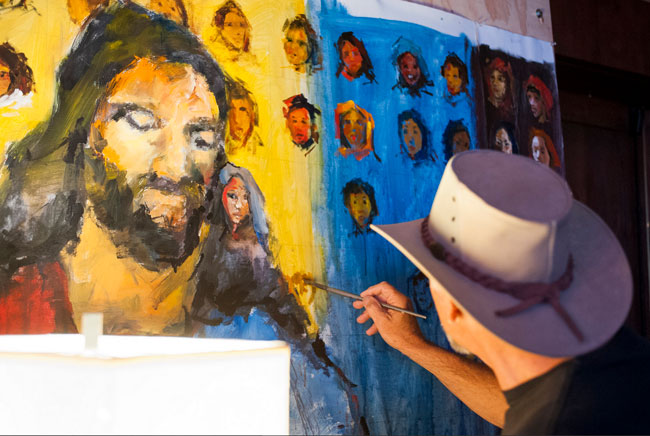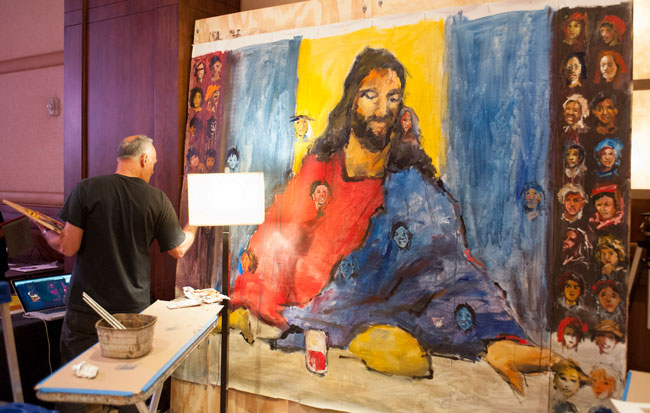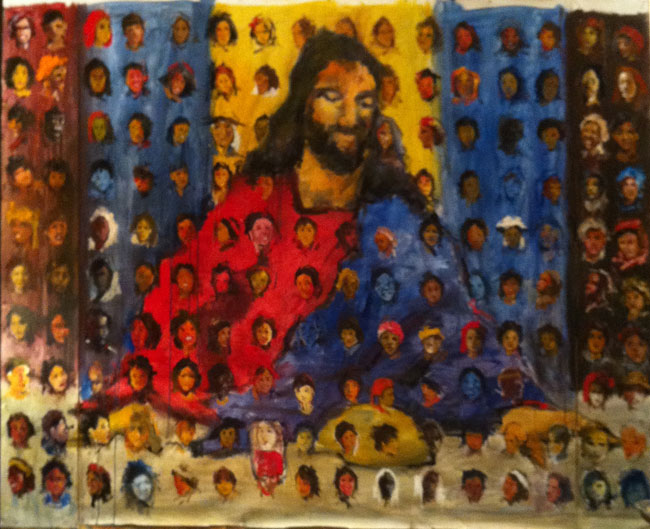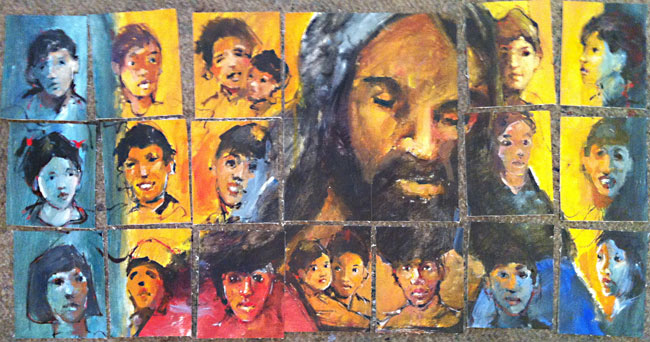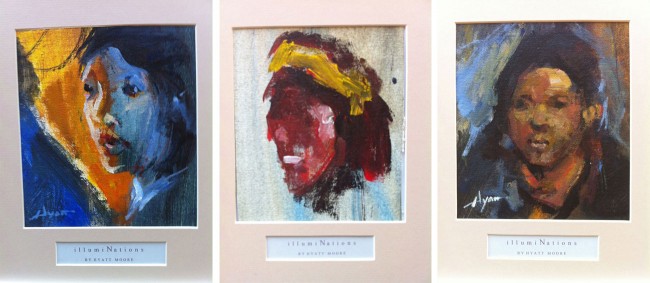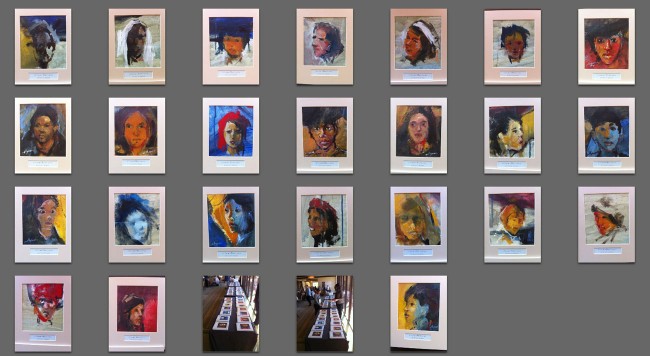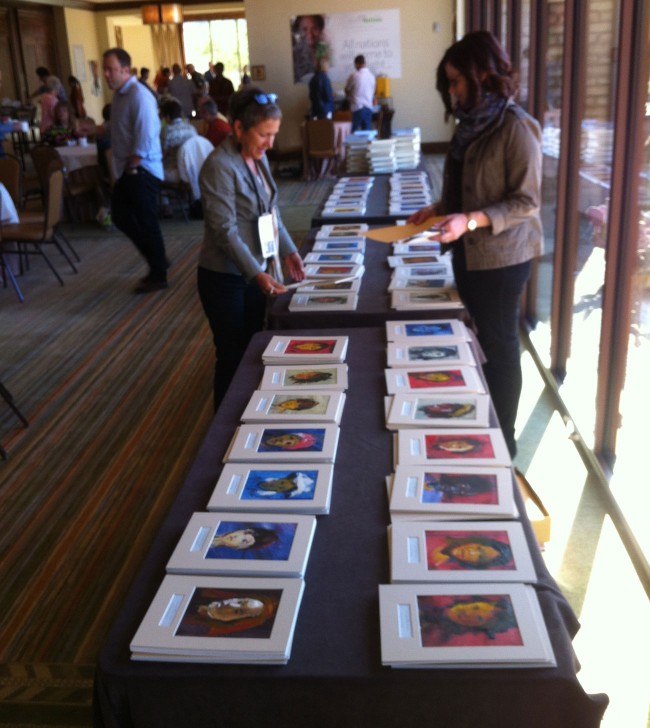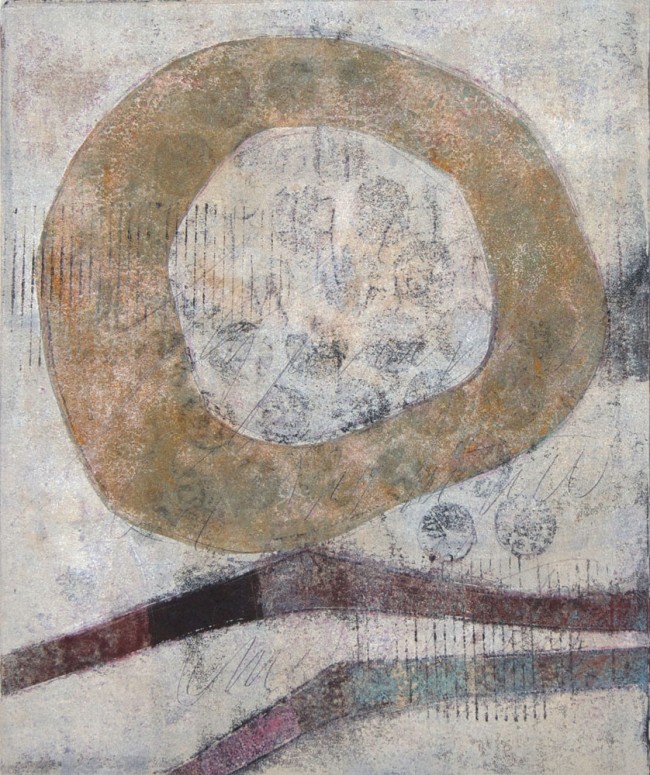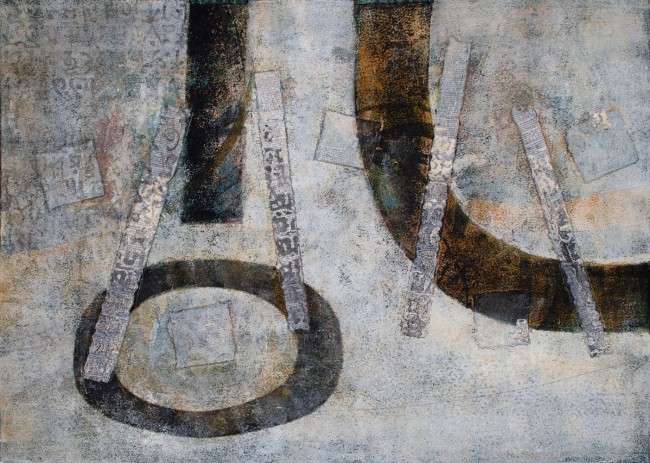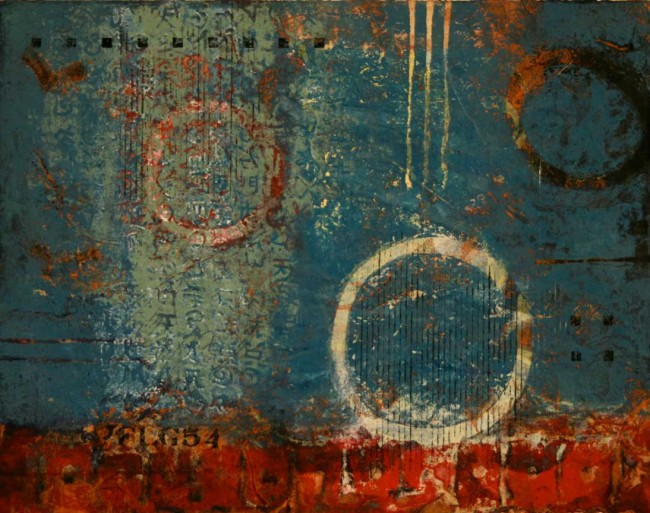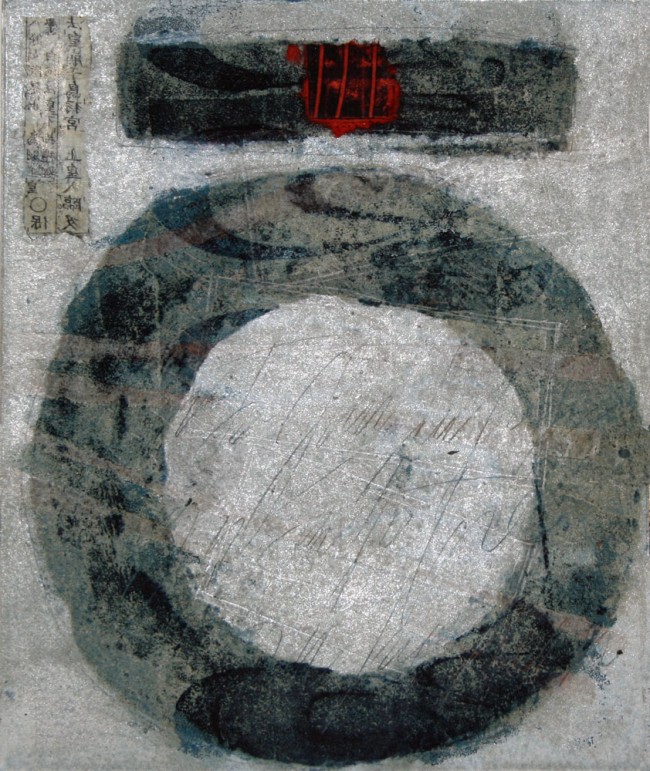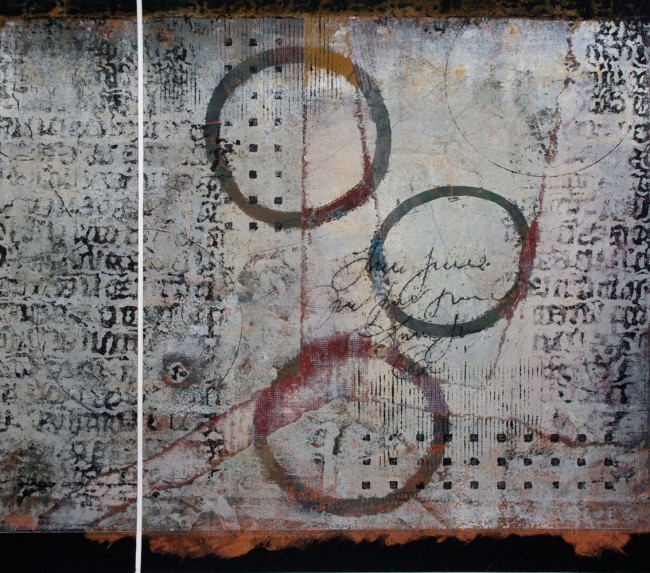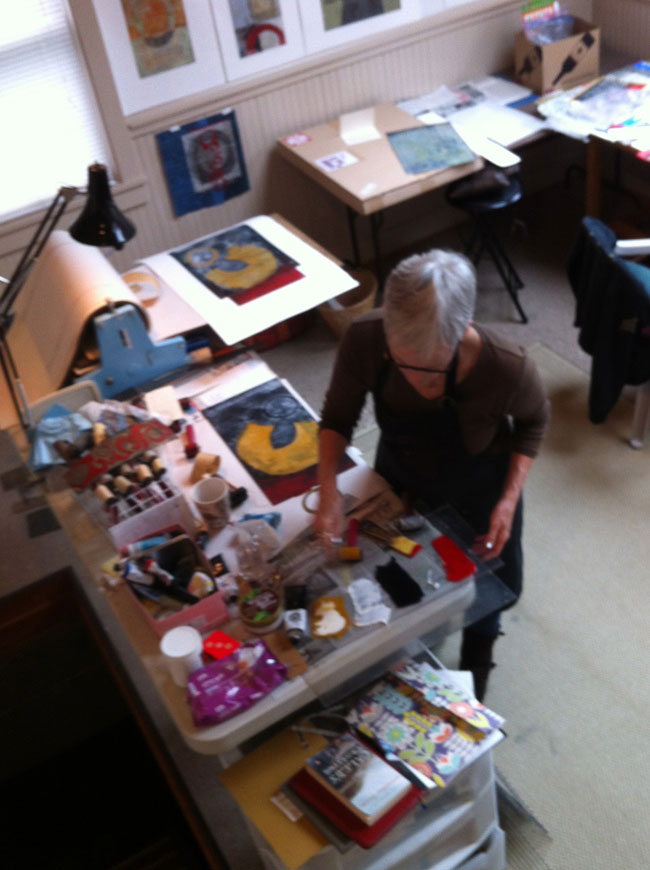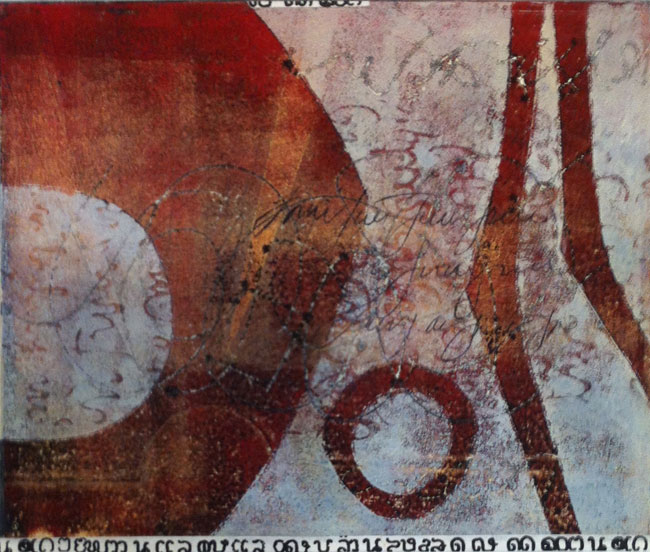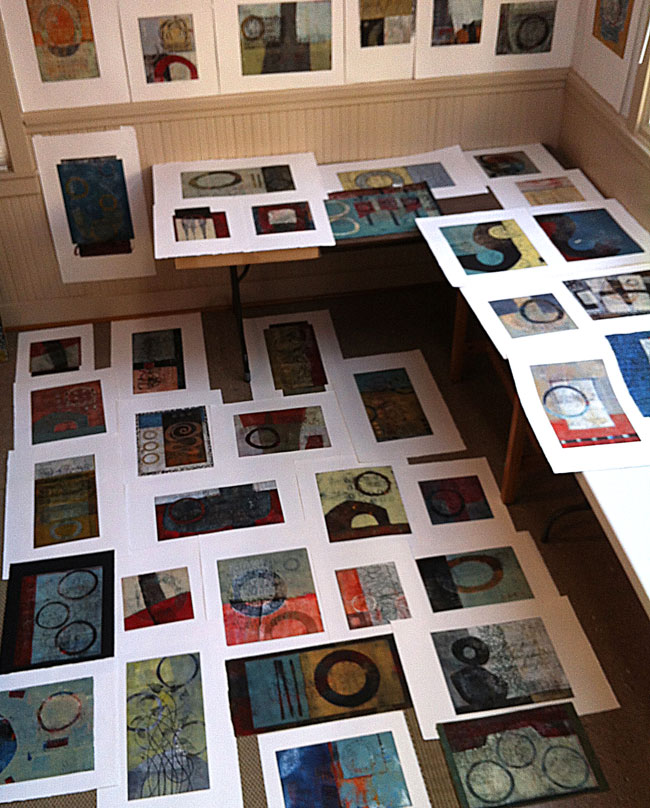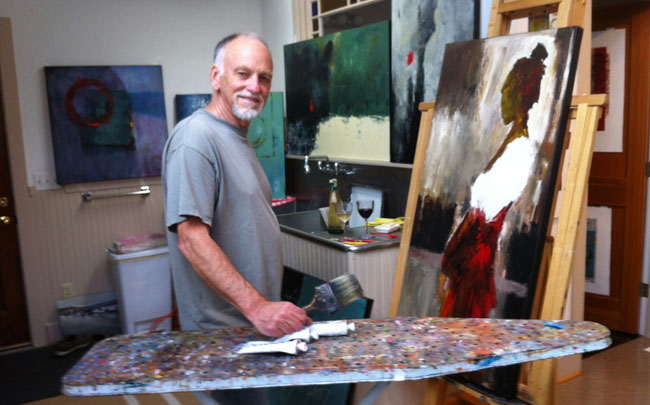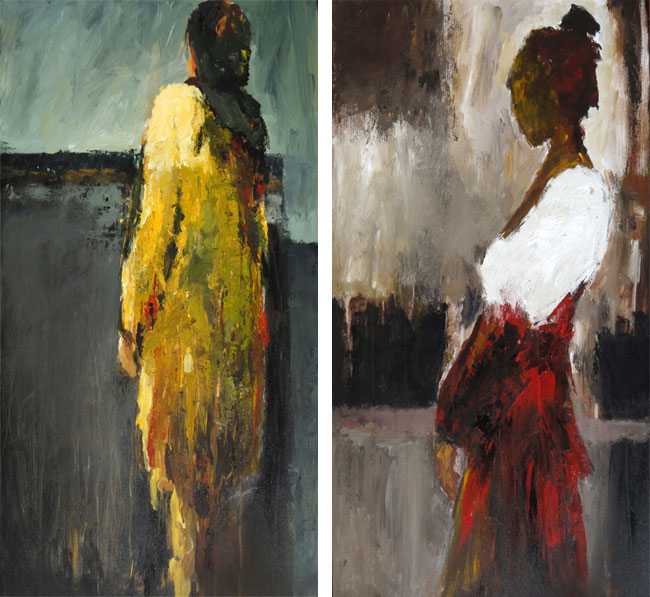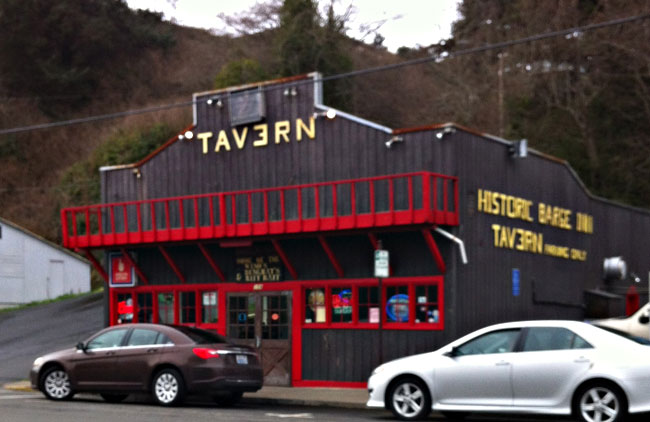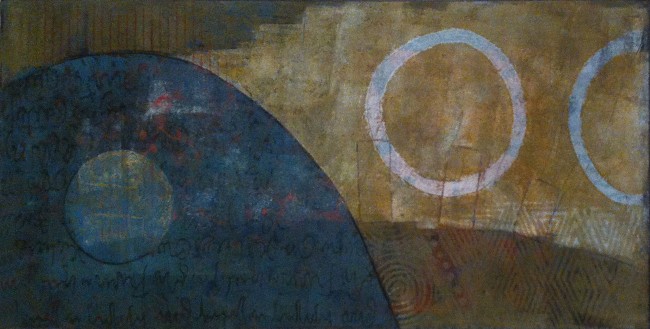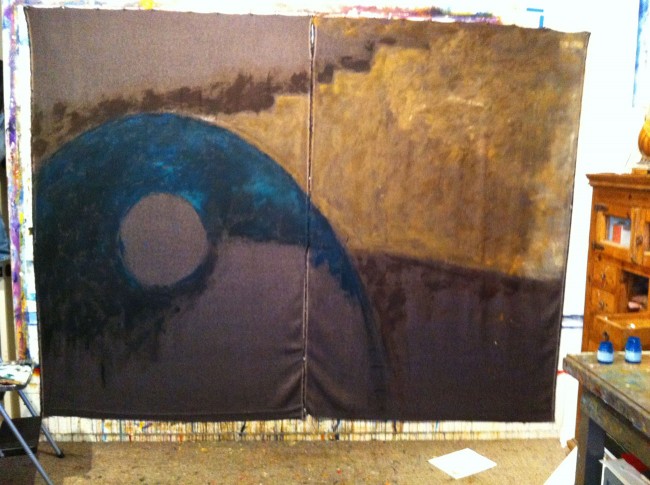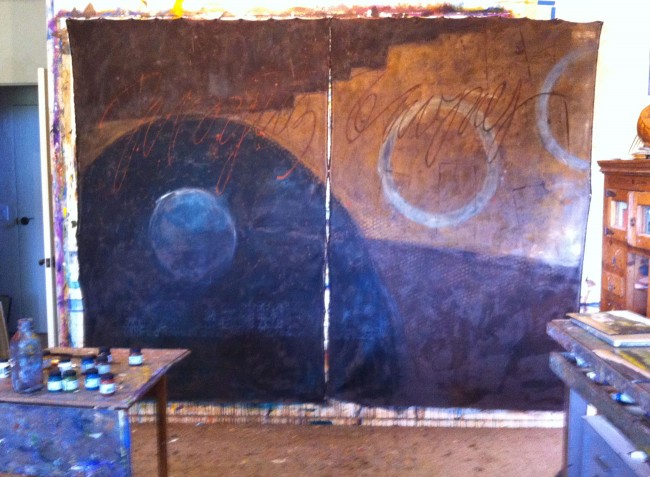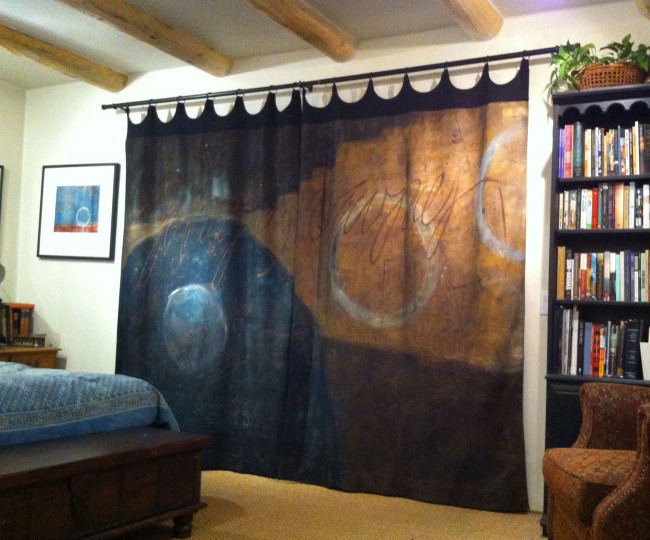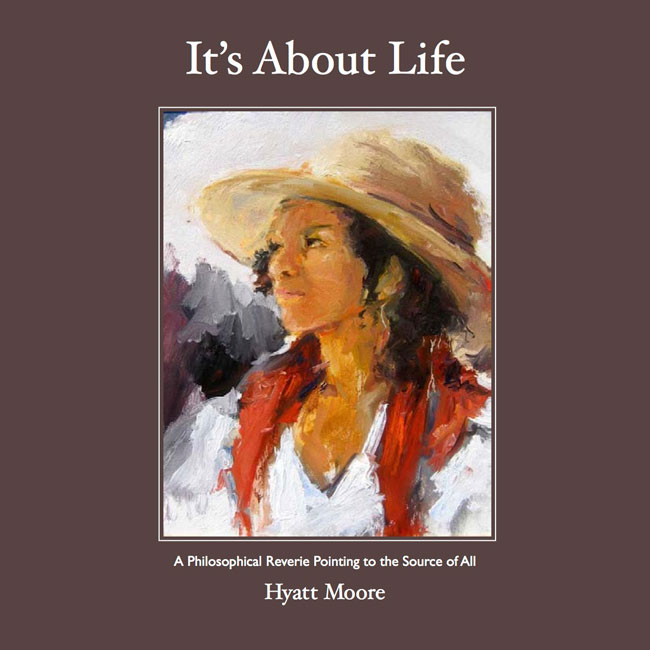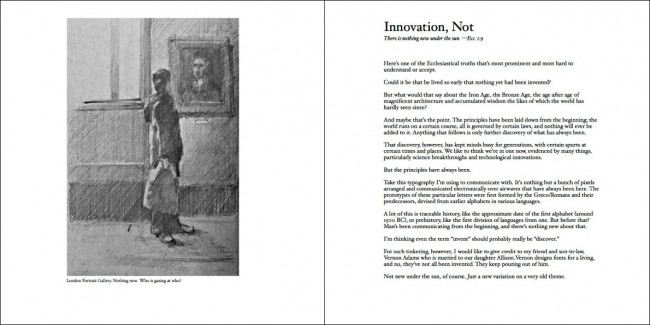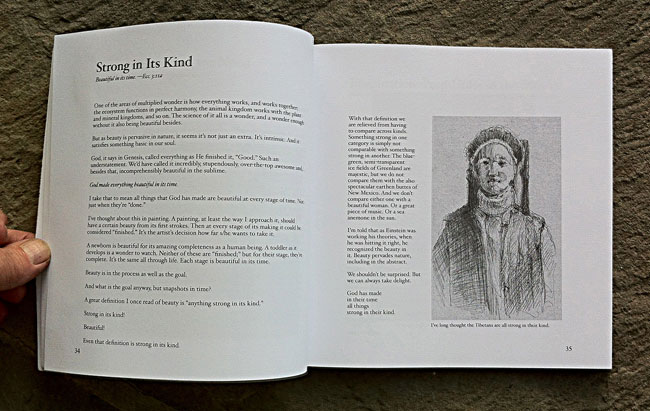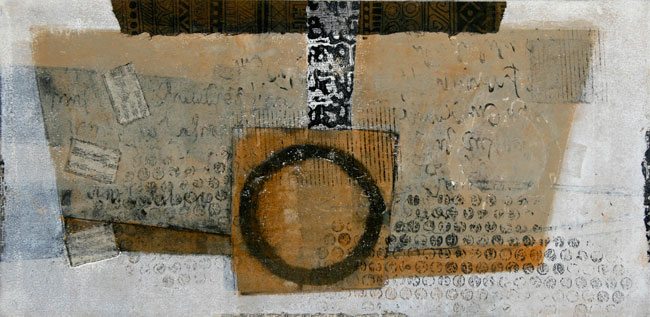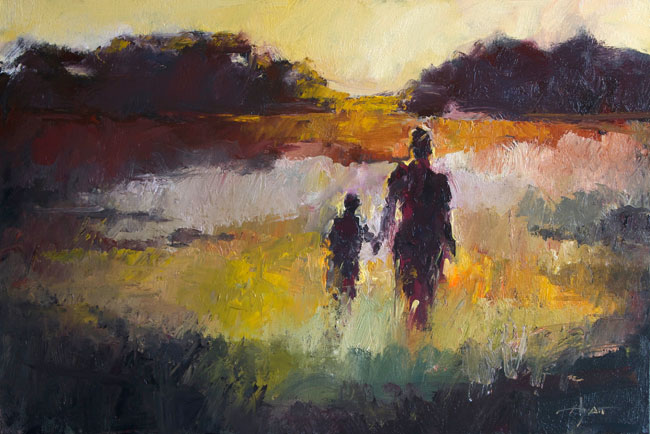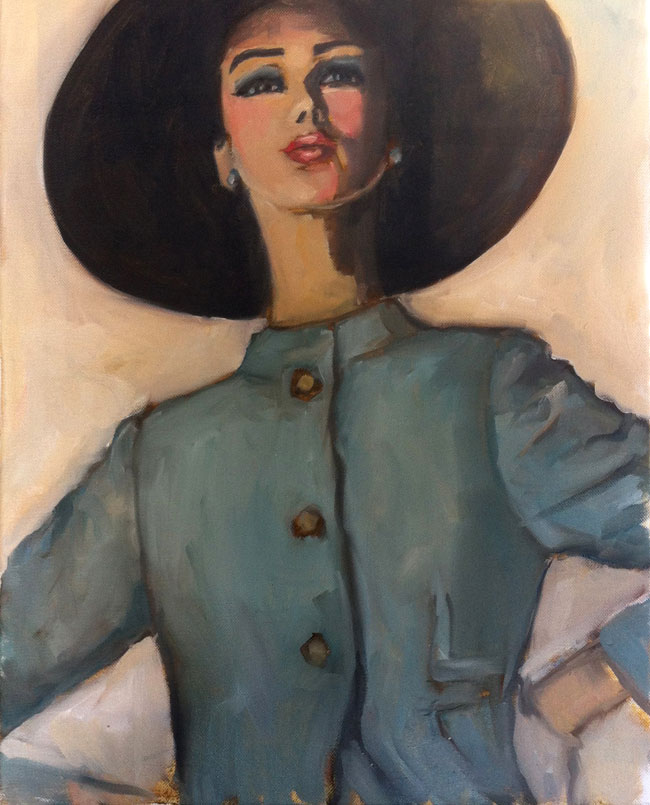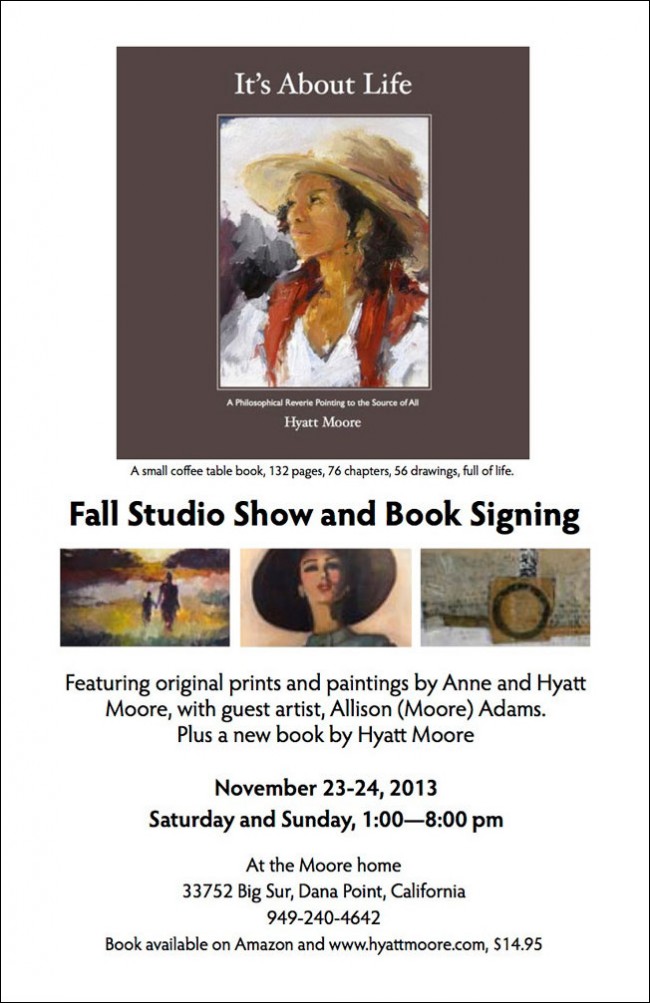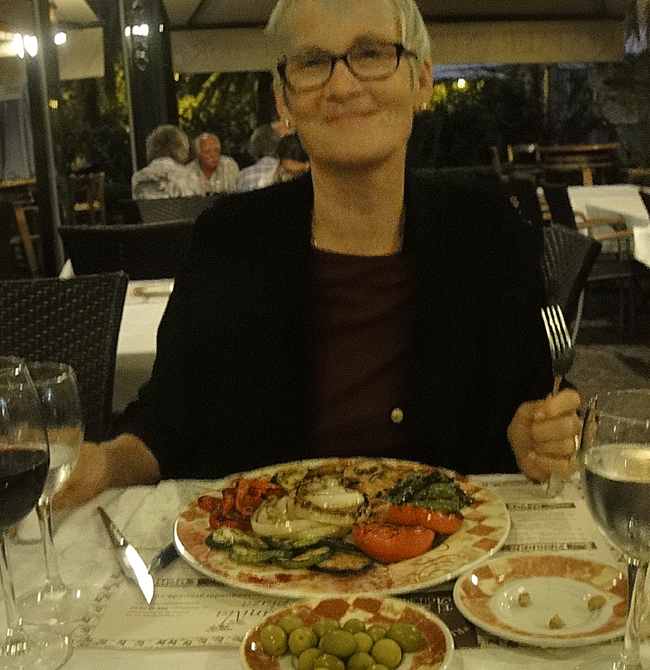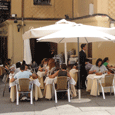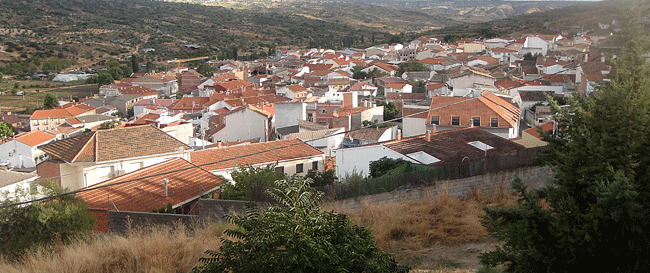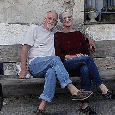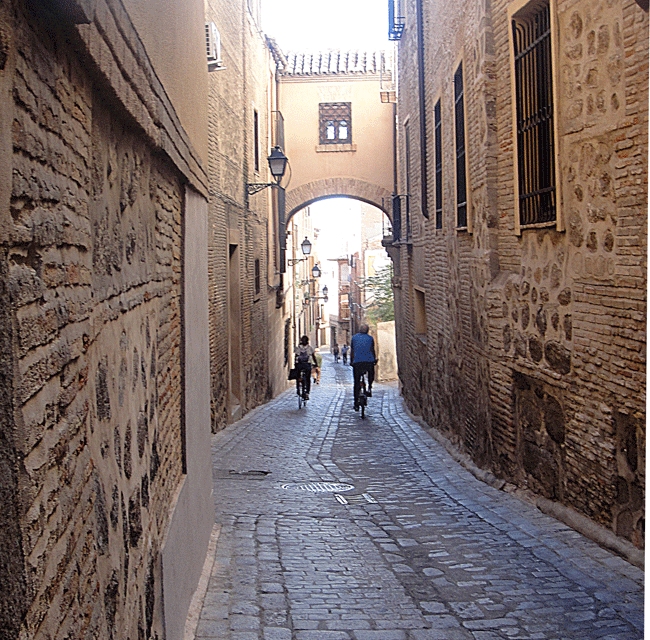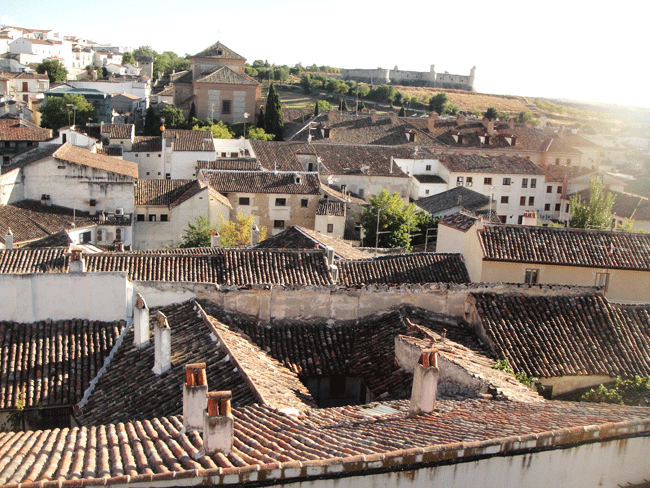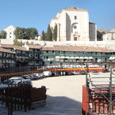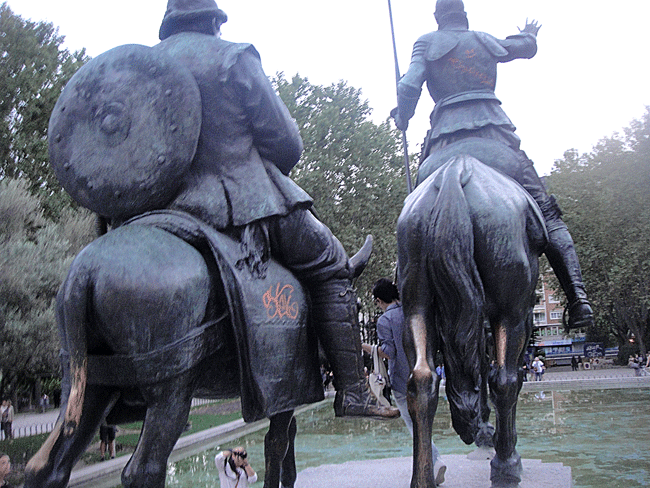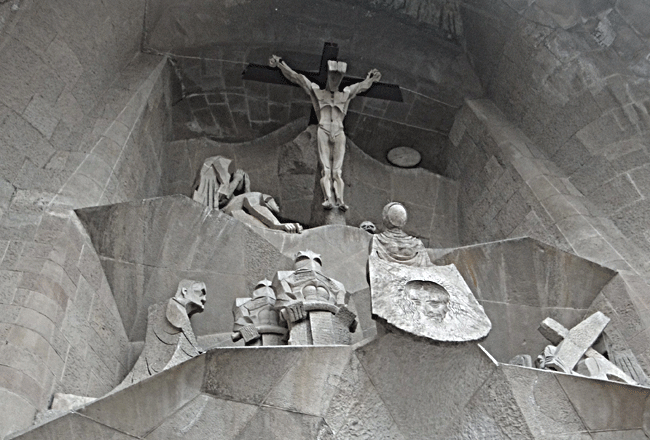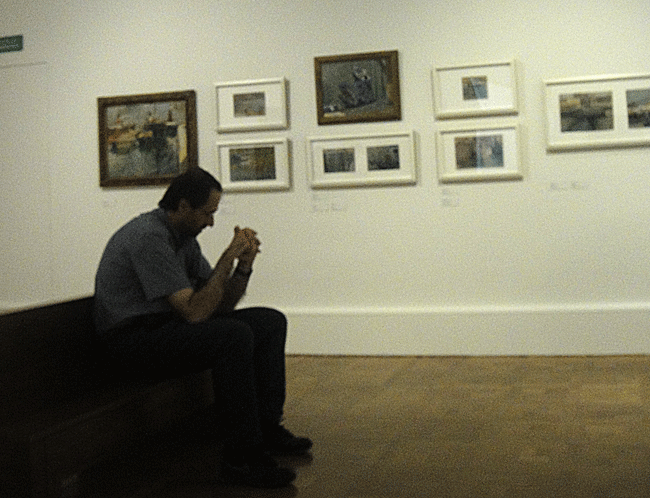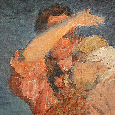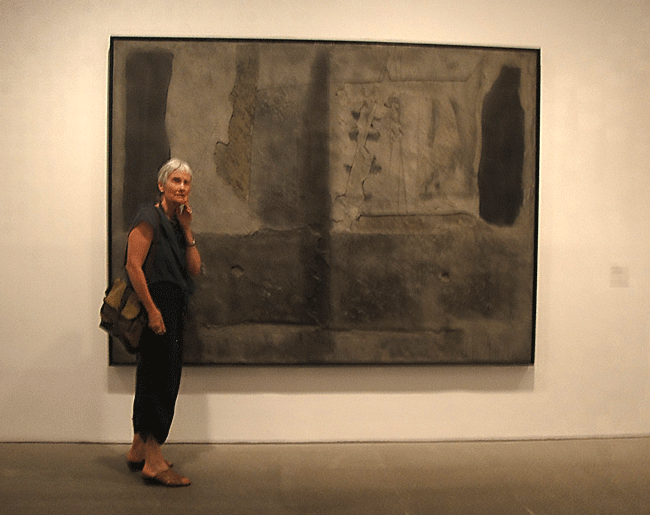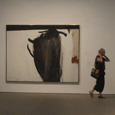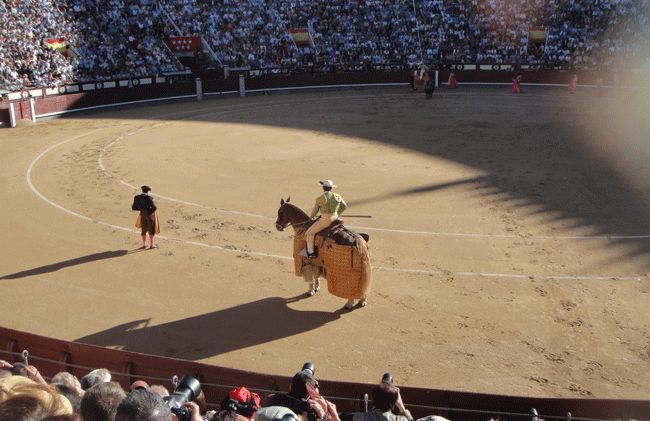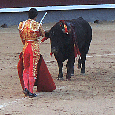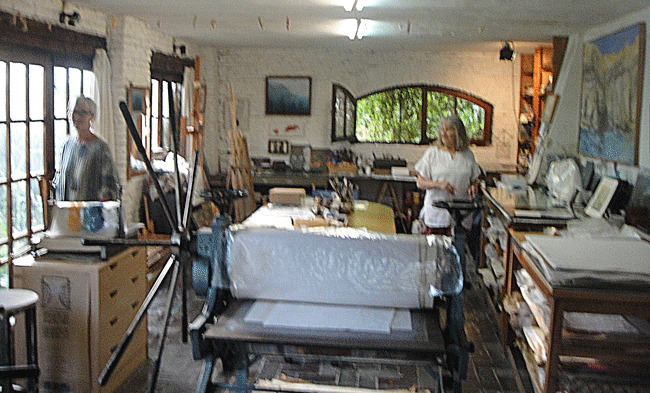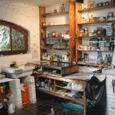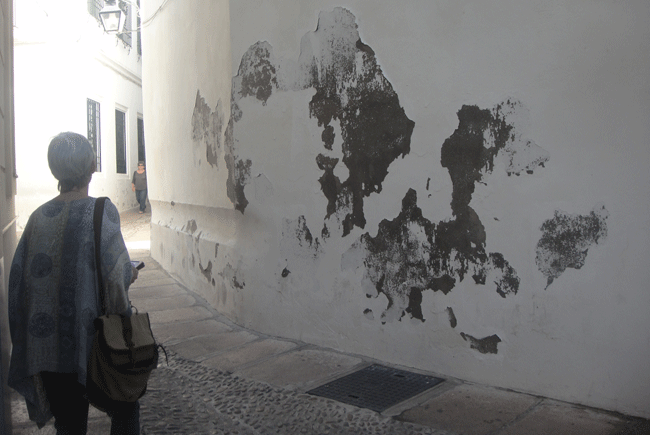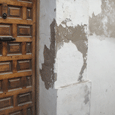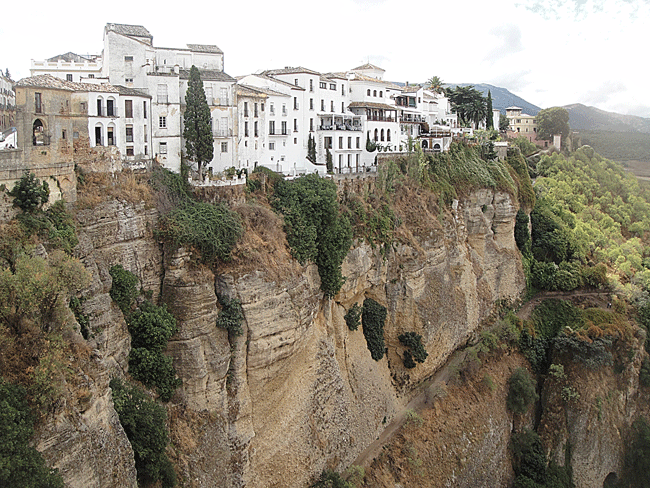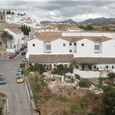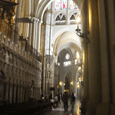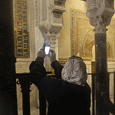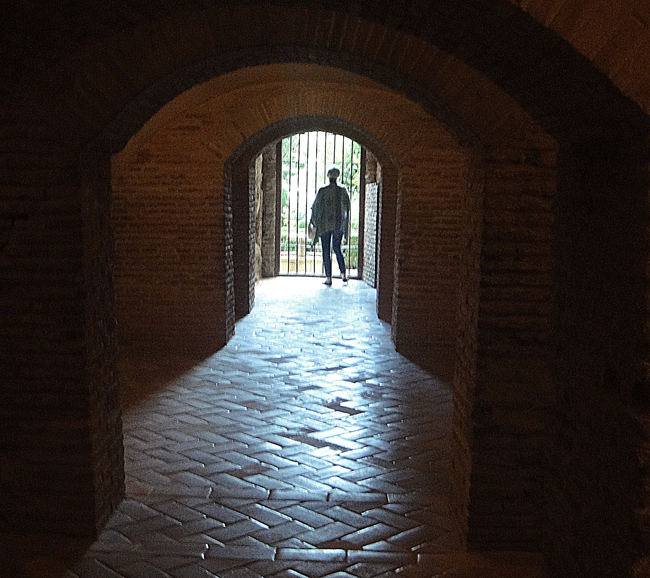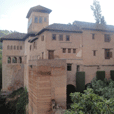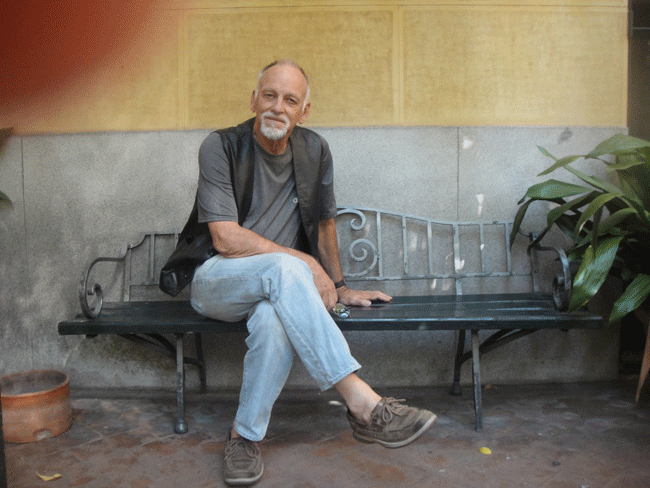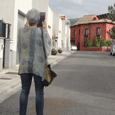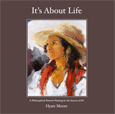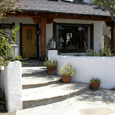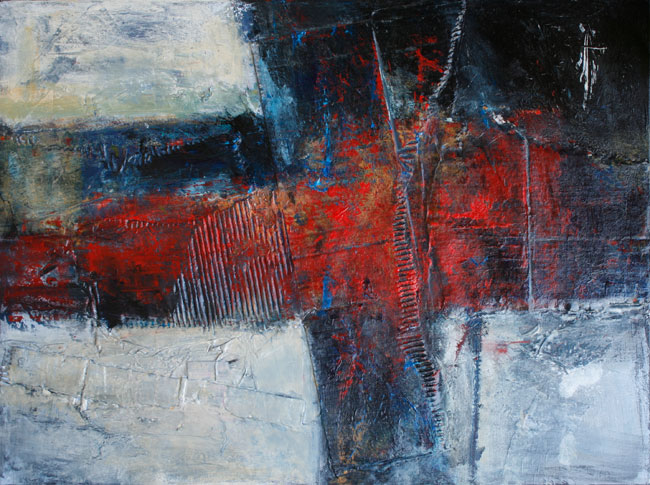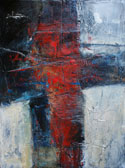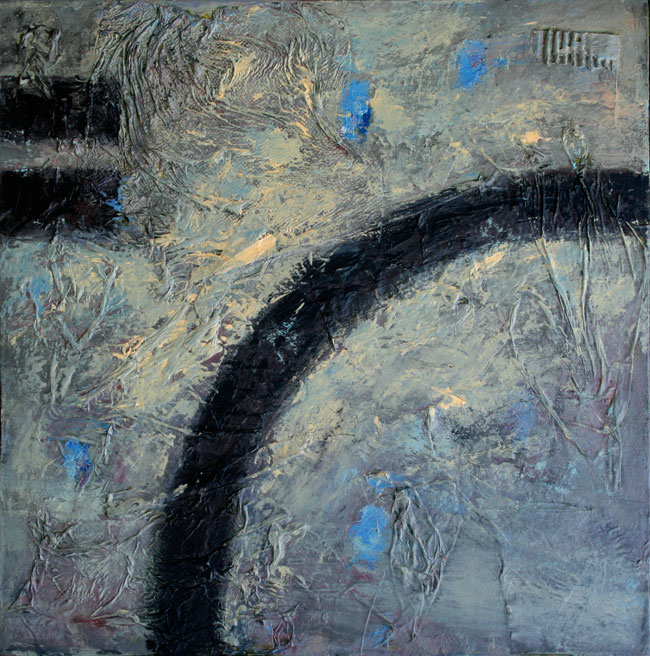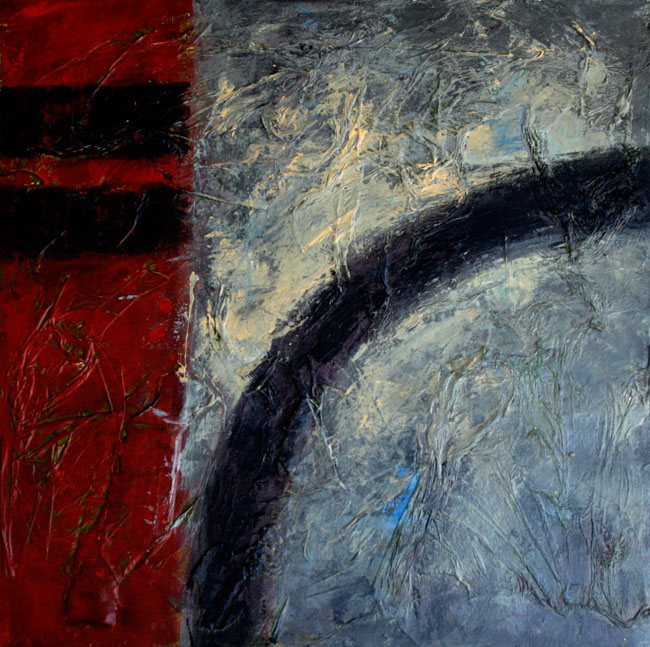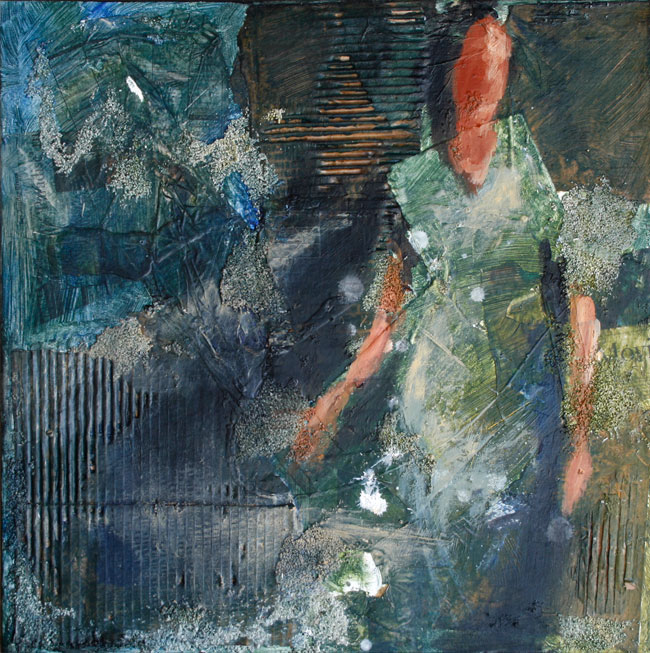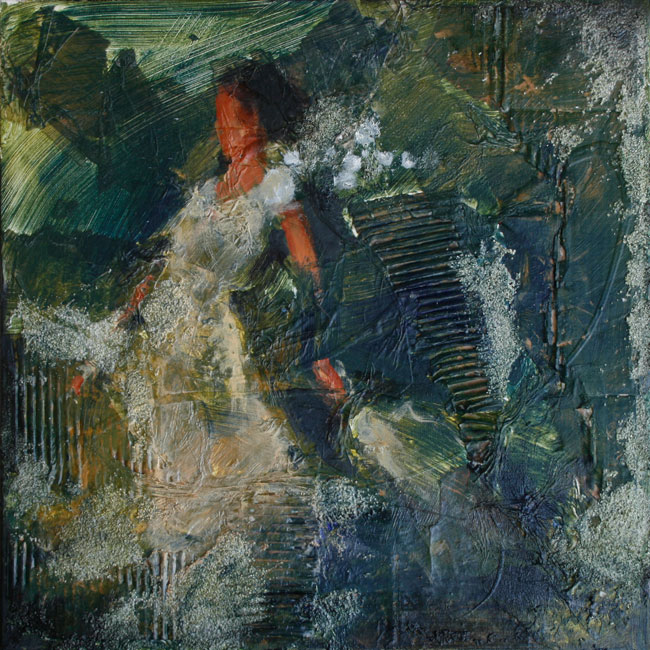For the first half of this month I was in Papua New Guinea. I went (and stayed) with friend Neil Anderson, who has lived there on and off (mostly on) with his family for some 35 years. He still goes back annually, or twice annually. It was with him that I wrote a book years ago when I also lived there with my family. We, however, lived at a center, with more of the conveniences, not in one of the most rural parts of the country where the Andersons lived.
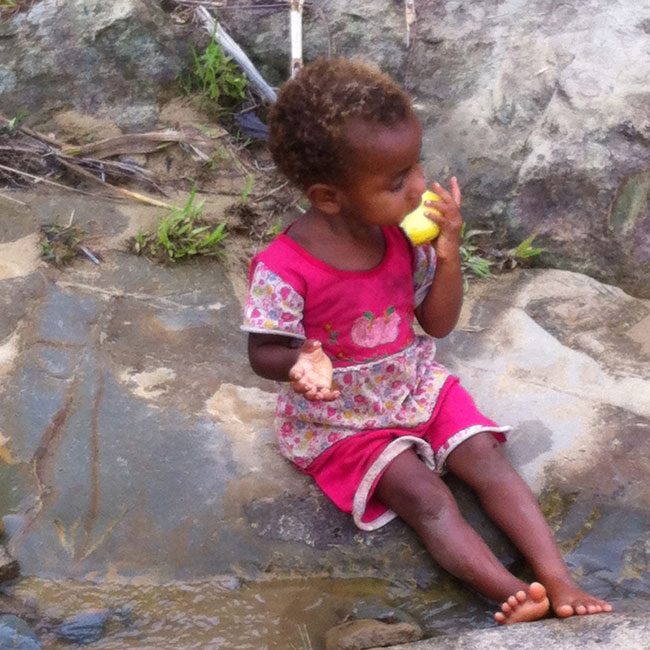
A child completely engrossed in a fruit locally grown
Neil and I have been commissioned to write another book, something of a sequel. As with In Search of the Source, it’ll be a first person account, with him the first person. I’m the “as told to” writer. I needed to be there to get a full sense of the place and the people and the life.
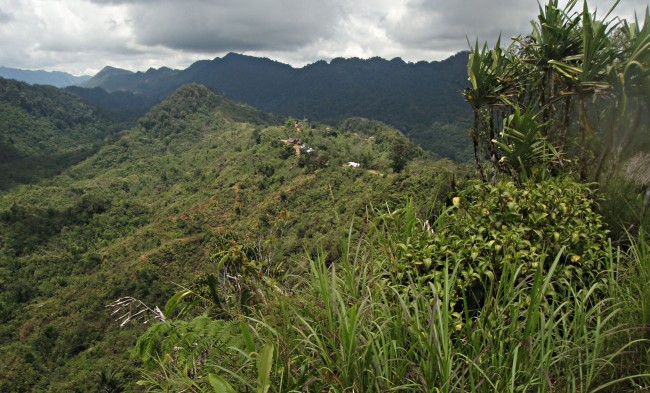
Approaching Fugatebe, our destination
Did I say this was rural? After flying over occasional villages and small farms, we flew for another hour seeing no signs of habitation, or habitable landscape, then this: Five hamlets strung together along a single ridge.
(On this photo, and some following, click for larger view.)
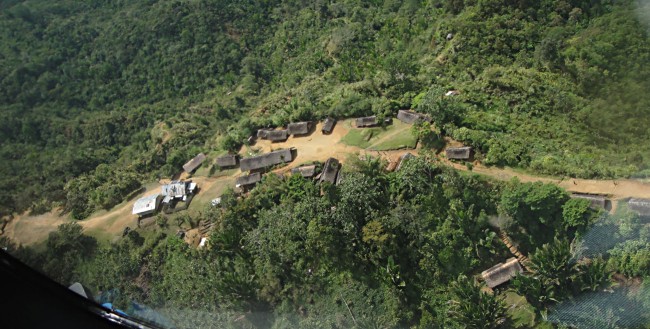
Fugatebe from above
That’s the Anderson house and adjacent training center with metal roofs. To the right is a longhouse where men and older boys live. Wives and children live in the smaller houses, though some families live together these days.
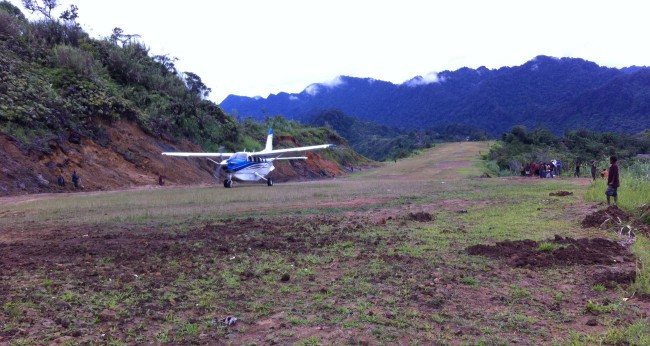
By air is the only way in and out . . . except by foot, the nearest road being a two-day walk away
When I was there last, 30 years ago, we came in by helicopter. The airstrip was only an idea, which they’ve since carved out of a hill by brute effort and one imported tractor. What the photo doesn’t show well is the ten percent grade of the strip, its general unevenness, and the recent landslide cutting into its width.
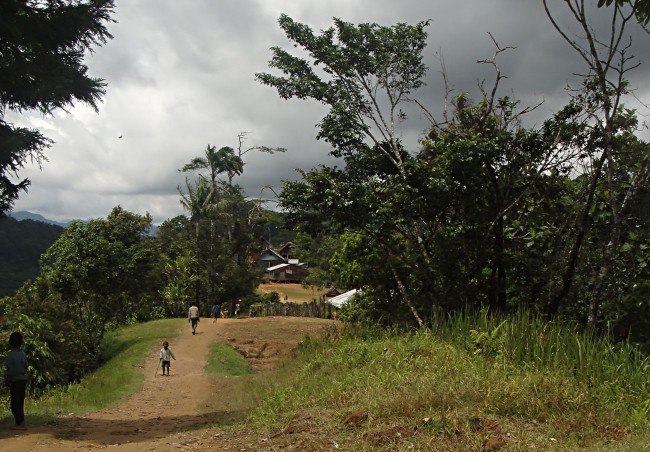
The single byway connecting the five villages
You have to be a local to know when you’re out of one village and into the next. They’re distinguished by clans. That’s the Anderson house in the distance. Note the clouds: It rained almost every day, sometimes hard, though this is dry season.
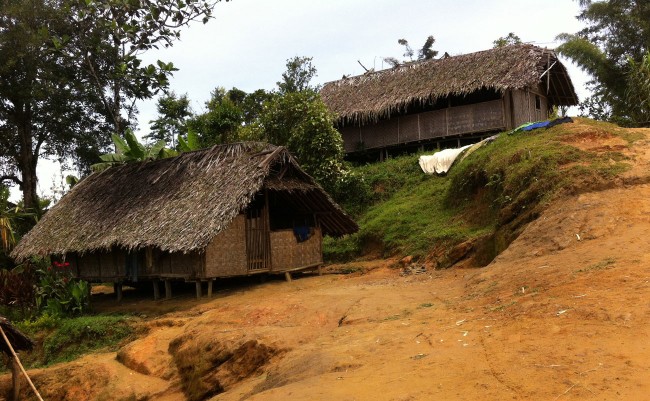
The neighborhood
Typical housing, all made of bush material. But people don’t live in them as we would think of it. There’s no furniture, no light. They’re just for sleeping, really, or shelter from the weather, or warmth of a fire. Most living is done outdoors, in distant gardens, where the work is.
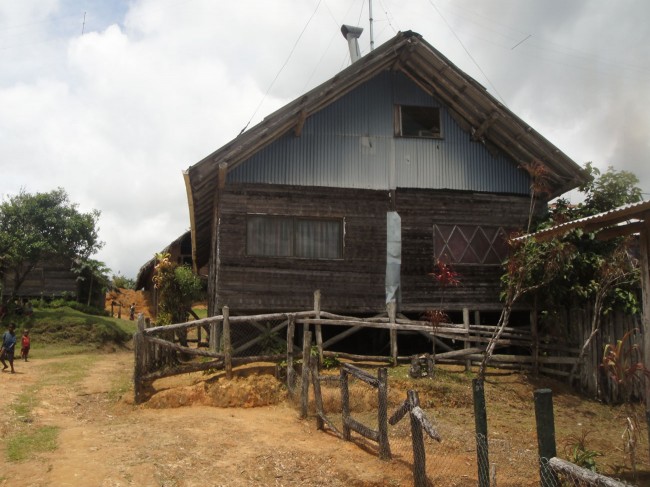
The approach to Andersons’ from the back (or is it front?)
The house that Neil built 35 years ago, and has added to or improved ever since, is distinct from the others. It’s mainly built from bush materials as well, but has more rooms, and things like screen windows to keep mosquitos at bay.
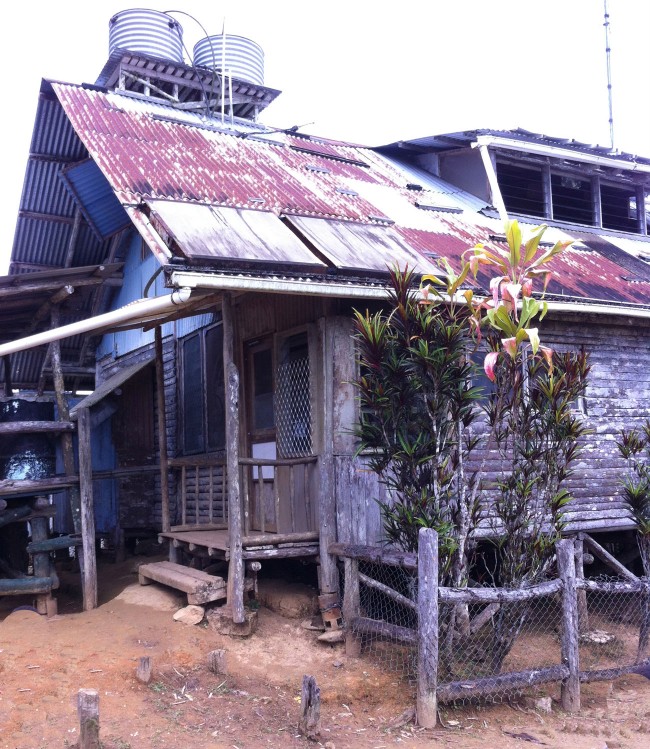
The main entrance, just off the kitchen, a rare photo with nobody hanging around the porch
You could call this place Swiss-Family-Anderson. What we’re looking at here is part of the water catchment system, rain water gathered from the roof, stored in large drums (barely shown at left), then pumped to tanks at top for running water pressure through the house. That’s for sinks, toilet, bucket shower, etc.
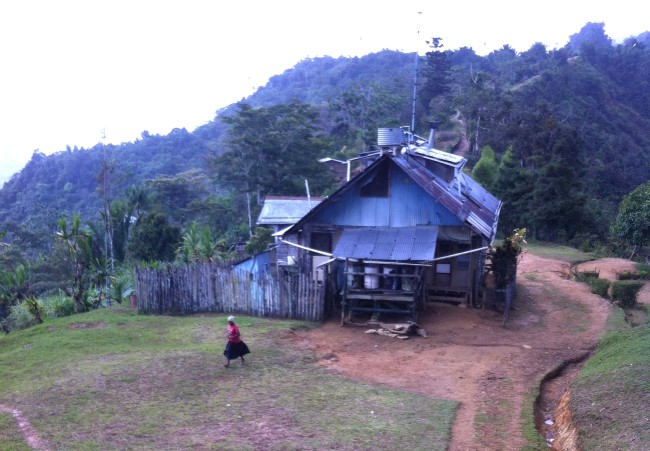
Anderson house, with rain on the way
That’s a lightening rod extending off the top, which has saved the house many times. Note the necessary deep water drainage ditch to the right. And at the top right of that is a path leading down to a small spring for bathing. It’s straight down, and you need a shower when you get back.
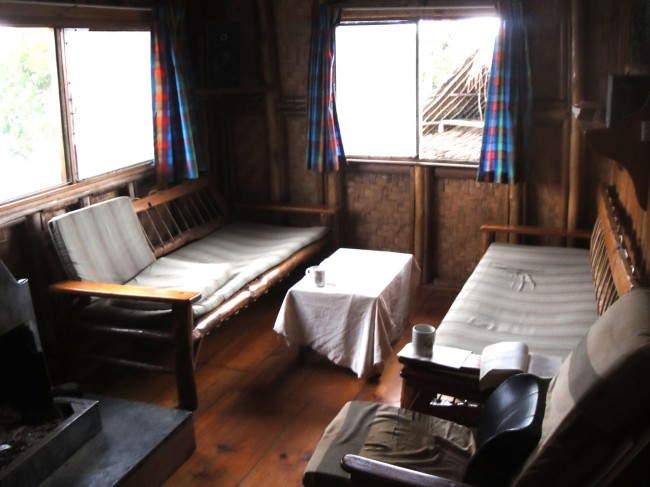
The family room
It’s pretty comfortable inside, with all the furniture made on site from bush materials. Neil and I spent many evenings here, talking or reading or wondering which movie to watch. (That’s a joke!) On my last evening we had a Bible study here, all in the Folopa language, with men of the village and one woman. Edifying for all.
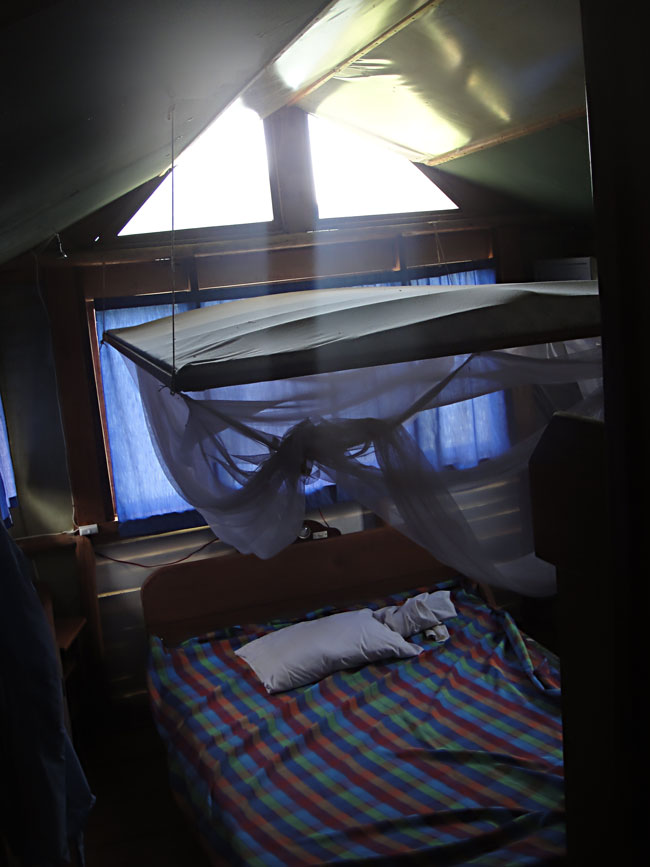
The master bedroom
Mosquito netting is a must in these parts, malaria still being the world’s number one killer. Happily we stayed out of their way and weren’t bothered this trip, though took all precautions. My quarters were separate, smaller, but adequate.
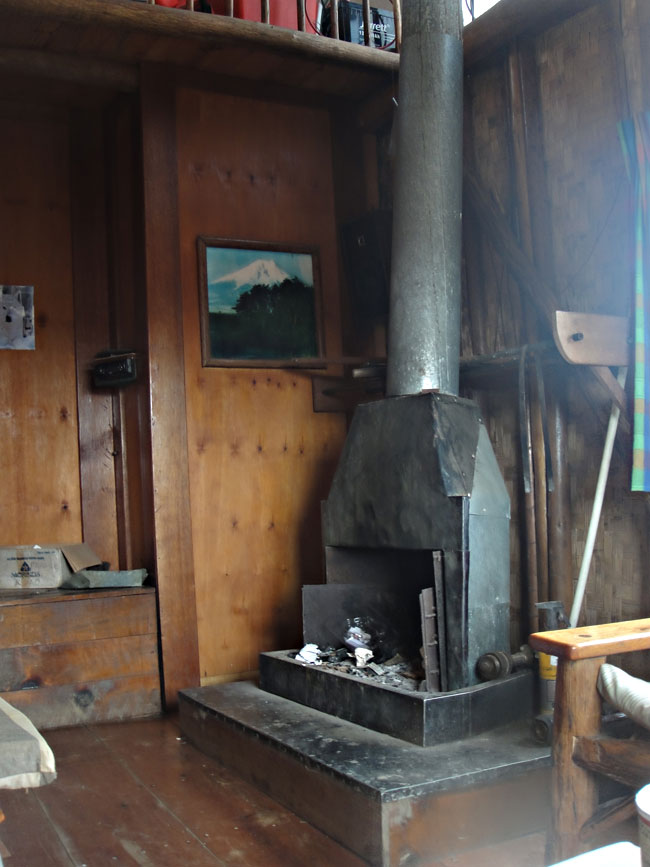
The hearth
This didn’t get a lot of use while we were there, it being summer now, but in winter the weather can get cold and the fireplace is very useful.
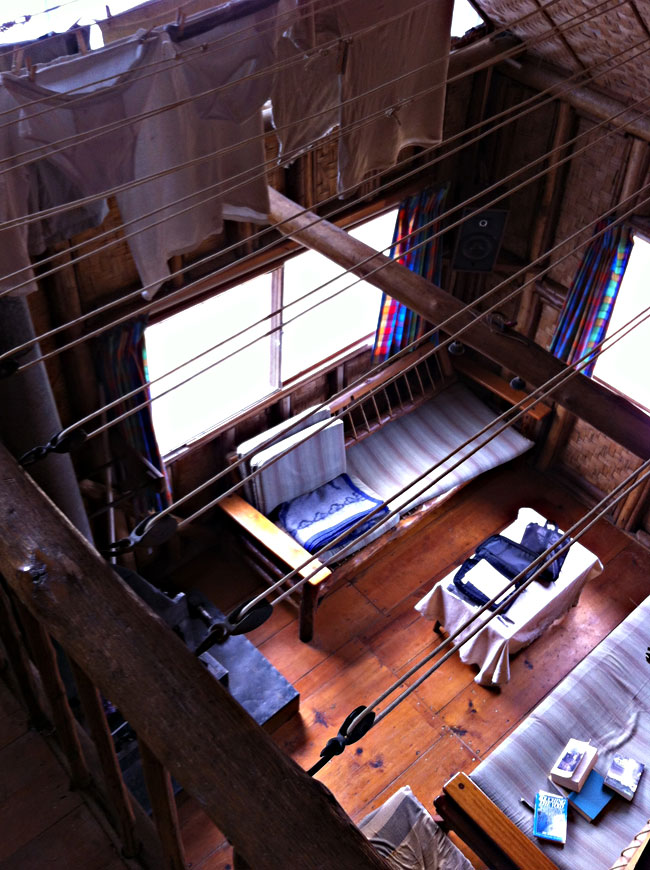
The living room, from above
The fireplace is also very useful for drying clothes. Neil says while they were raising small children (four) the interior clothesline above the fireplace room was the only way they could get diapers dry.
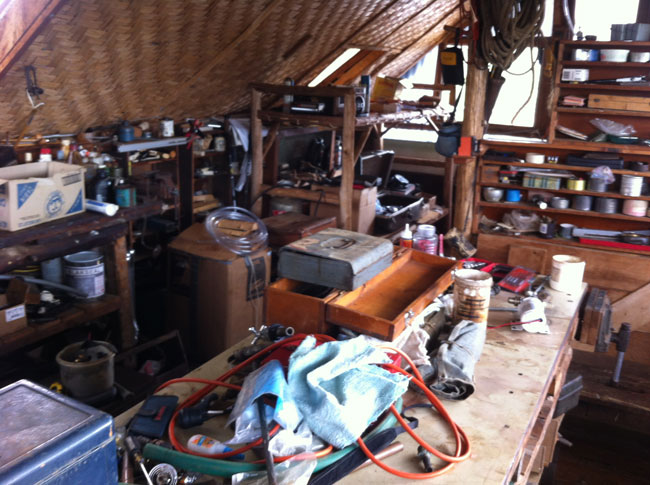
The upstairs shop
All this construction and maintenance doesn’t come out of nothing. Nor is there some service to call. Much of the whole upstairs is dedicated to a shop, for carpentry, mechanical work, electrical and electronics, whatever. Medical, however, was and is handled in the lower, cleaner areas. And language work, in a separate building just for that purpose.
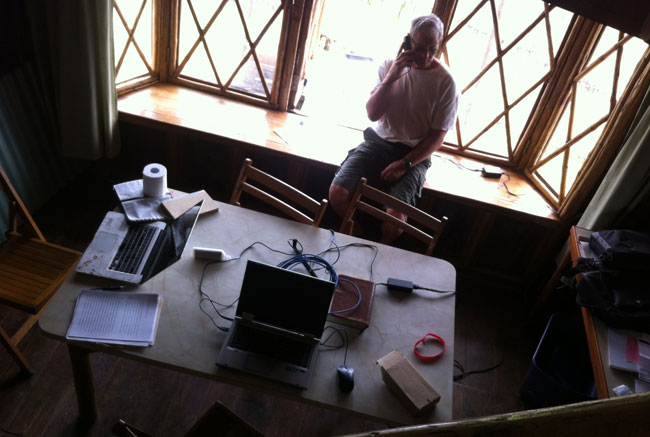
Neil on phone
It’s hard to believe, but cell phones have come to Papua New Guinea. And now even specialized electronic technology that will allow Neil to work with nationals on ongoing translation work. As linguists, the Andersons worked with a team of Folopa to get their language into writing, teach reading and translate the New Testament. Now a Folopa team will carry that on for the Old Testament, something they desire, with Neil consulting from afar (home in Spokane).
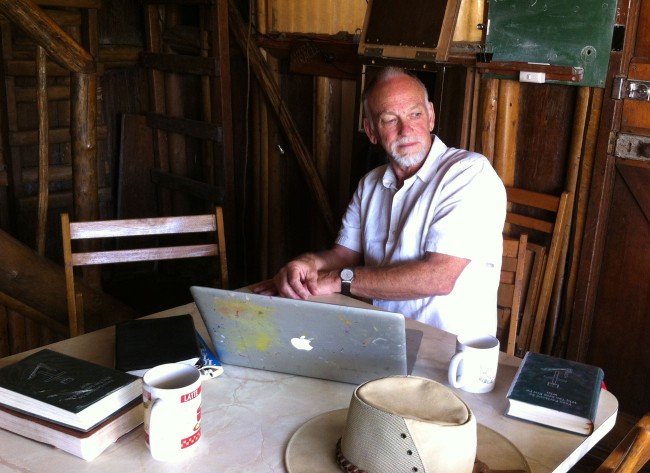
Me at my laptop (note the paint, normally a piece of art studio equipment)
As I said, I was there to write. I mainly gathered raw material, with the main writing yet ahead. I also kept a journal, capturing my impressions, which came hourly. I don’t remember if this photo was taken before or after I was diagnosed with walking pneumonia. Neil, with much village medical experience put me on antibiotics, and I was back out on those trails again!
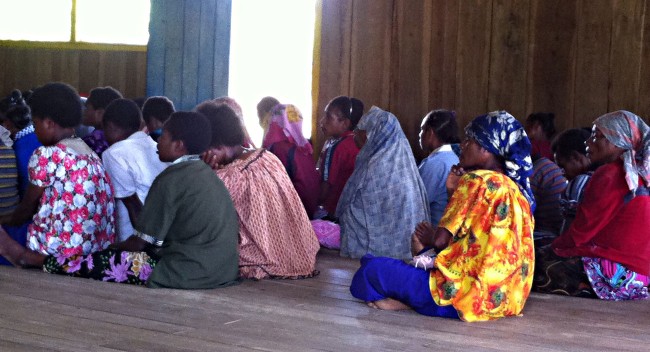
Sunday morning church, women’s side . . . again, click for larger view
On Sunday we attended church. The tradition continues, men and boys on one side, women and young children on the other. (Here the children had been dismissed for their own teaching, outside.) I noticed that people found their best clothes for the occasion. And, in fact, in the 30 years since I was there, everybody wears clothes. I could only follow the service by inference, but all seemed well attentive and reverent.
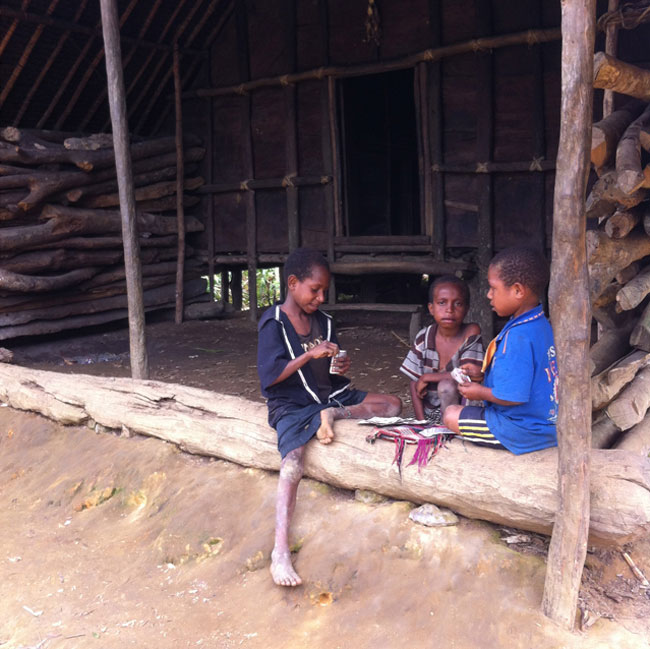
Playing cards at the men’s house
Inside that longhouse are “apartments” where a man and his closest kin sleep. Neil says it’s a holdover from earlier days when the men would stay together as a “fighting unit,” always wary of attack from enemy villages. I asked if that exterior log was to keep pigs out and was told, “No, it’s to keep women out.”
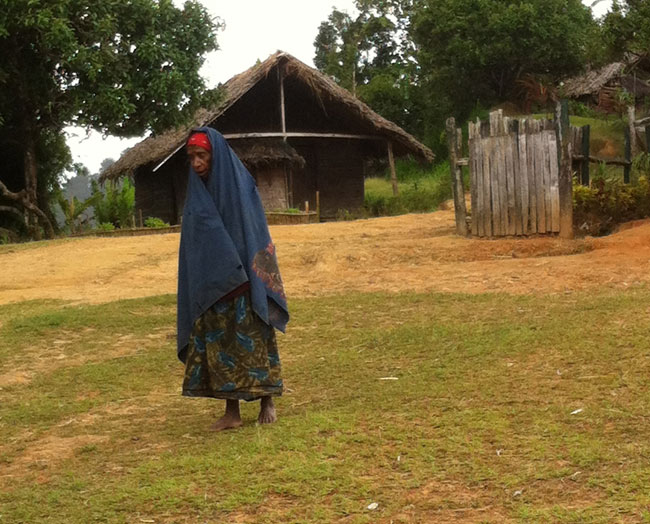
A typical scene, though without load
Speaking of women, as in many cultures they carry the main burden. Besides bearing and raising children, and cooking for the family, the main work of the garden falls to them. The gardens are a long ways away, and with the use of head-strap bags on their backs they carry home the equivalent of their own weight in produce, rain or shine, every day.
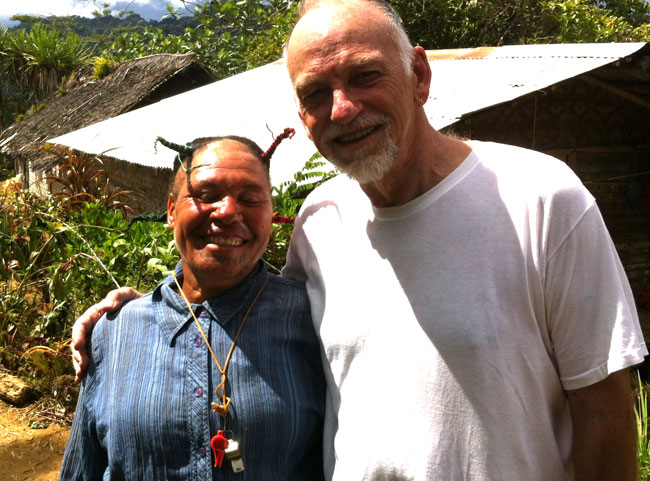
Alice, a radiant Christian
But they can be happy. Actually I’ve rarely met a person as joyful as this one. We had a special bond. It turns out she, as a child, was along when my family visited this village 30 years ago and we trekked to the “bat cave.” She was impressed with our then 14-year-old Allison and thereafter adopted the name, Alice.
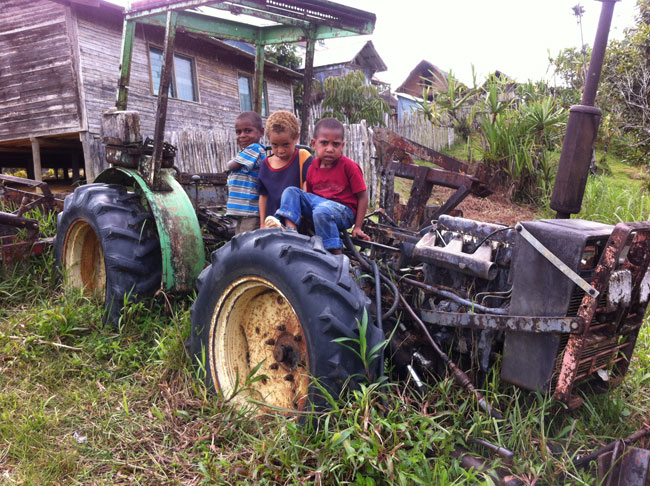
The once-useful tractor
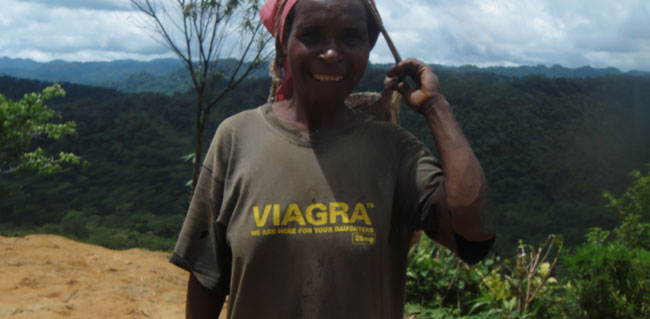
Clothing comes from anywhere
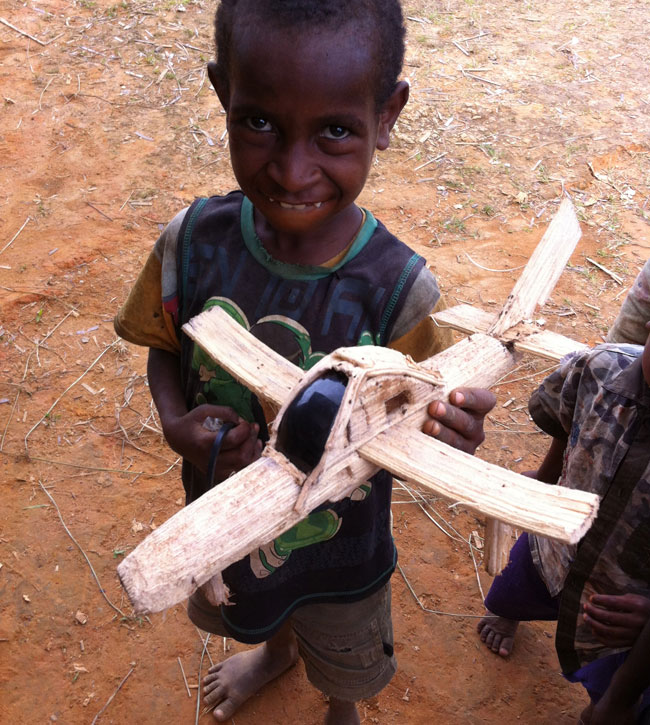
Toys are rare and hand made
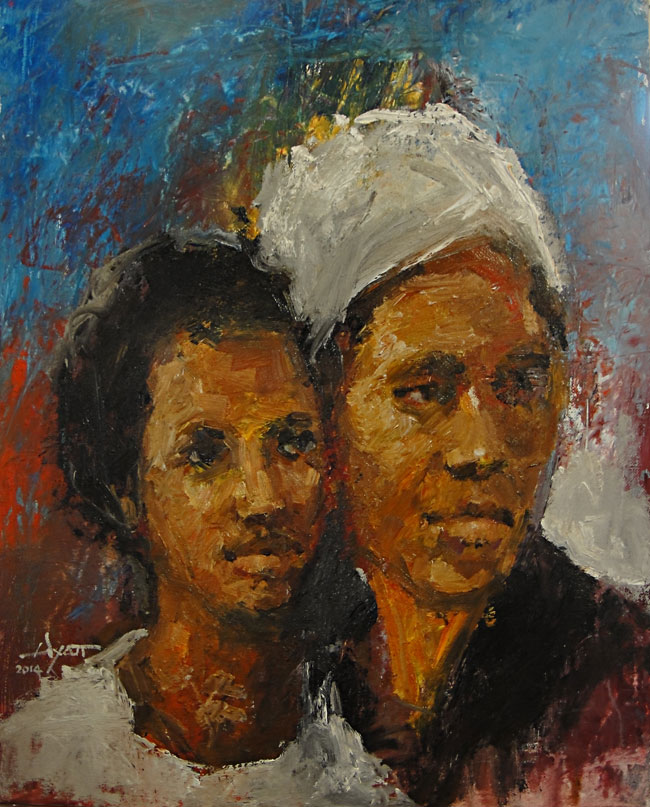
Sylvia and daughter
Okay, this is an artist’s blog, so I should include one painting I did in PNG. This is Sylvia, a nurse, and her daughter, who had the kindness to sit an hour for me as I had been dying to paint “something.” I left the result with them as a gift.
.
Upcoming Events and Resources
Sandstone Gallery
As of next month, both of us will be showing at Sandstone Gallery Laguna.
Next Opening: Art Walk, February 5, 6:00-9:00 p.m.
384-A North Coast Highway
Laguna Beach, California 92651
“Loosen Up” Workshop for Painters
March 8-9, 2014
A hands-on seminar for intermediate artists by Hyatt Moore in San Clemente
For further info and reserve a space, click here.
In Search of the Source
For information on getting a copy of the first book by Neil Anderson and Hyatt Moore, send an e-mail to moore@hyattmoore.com.
